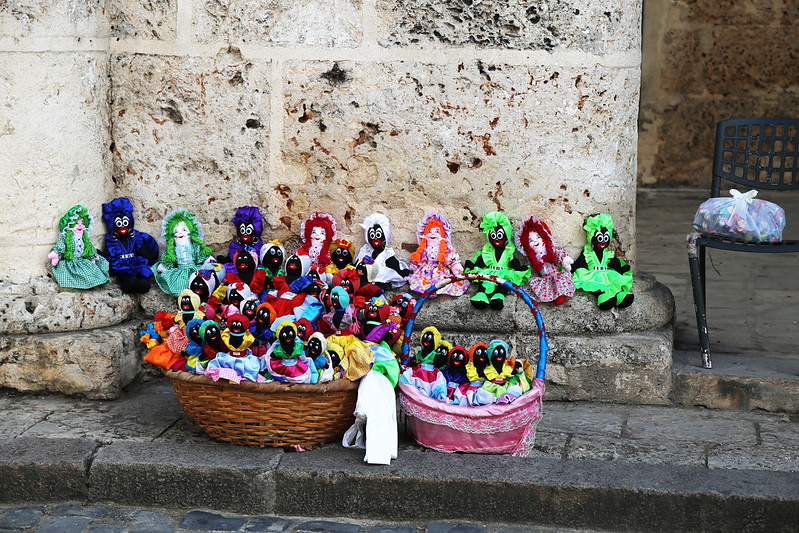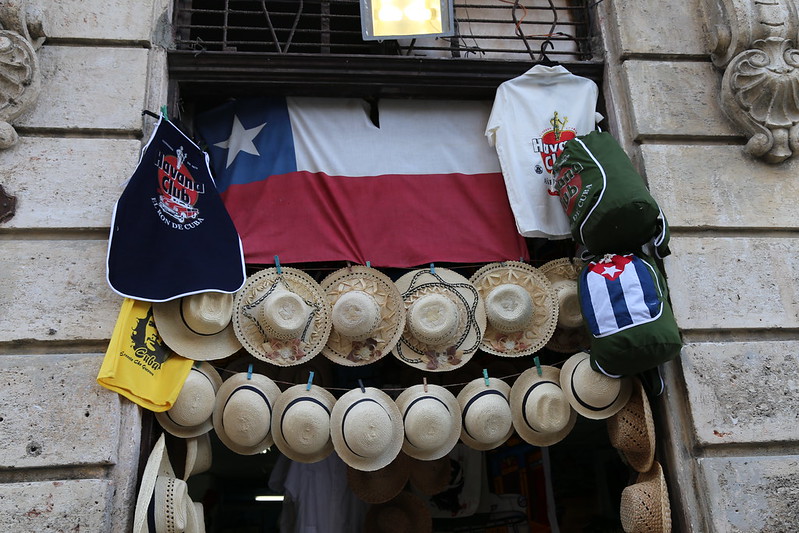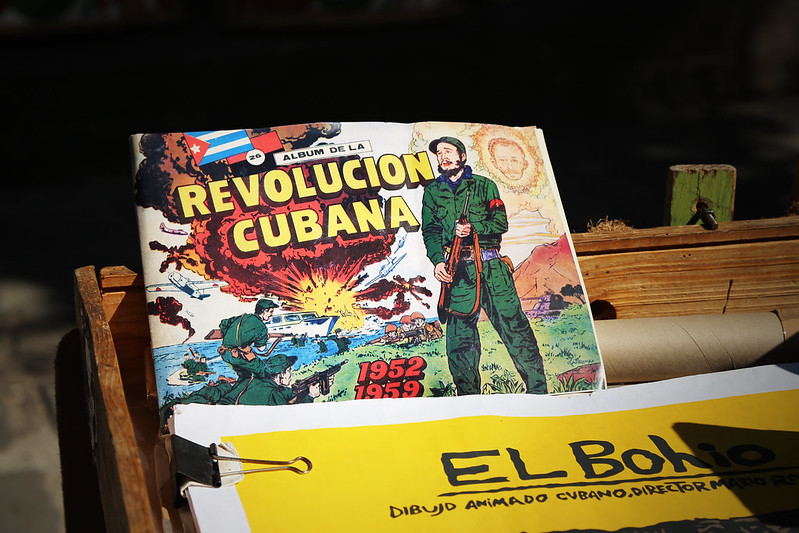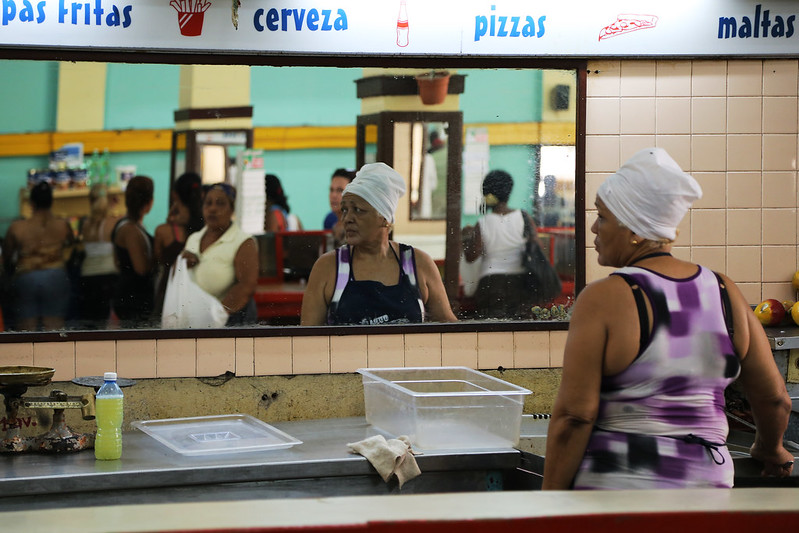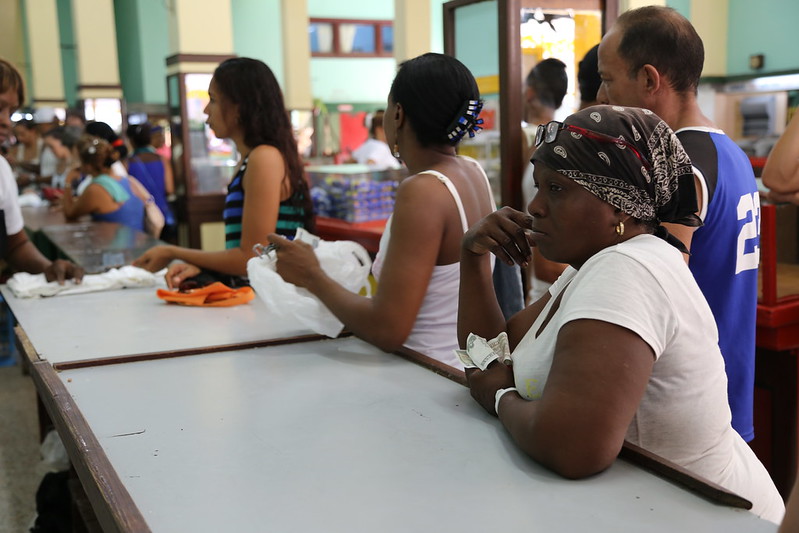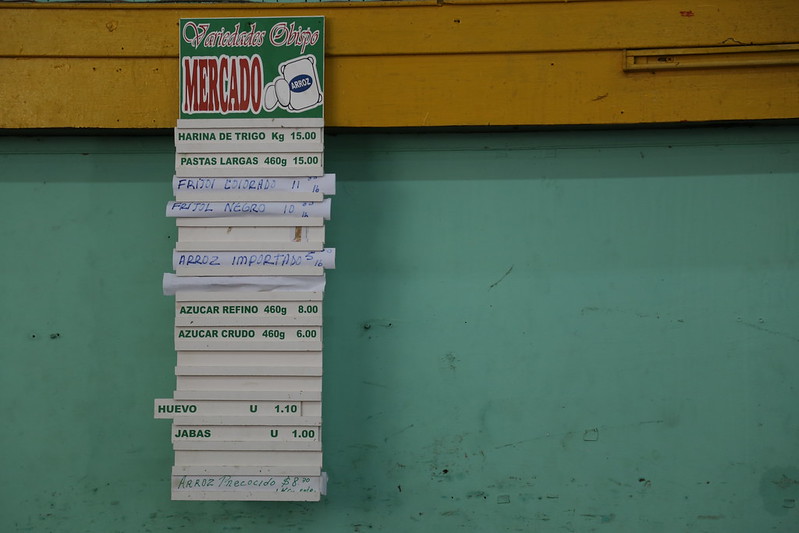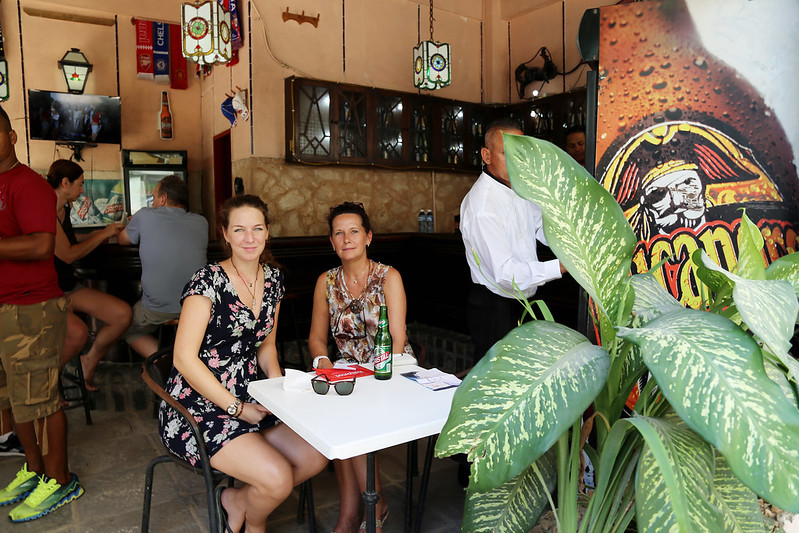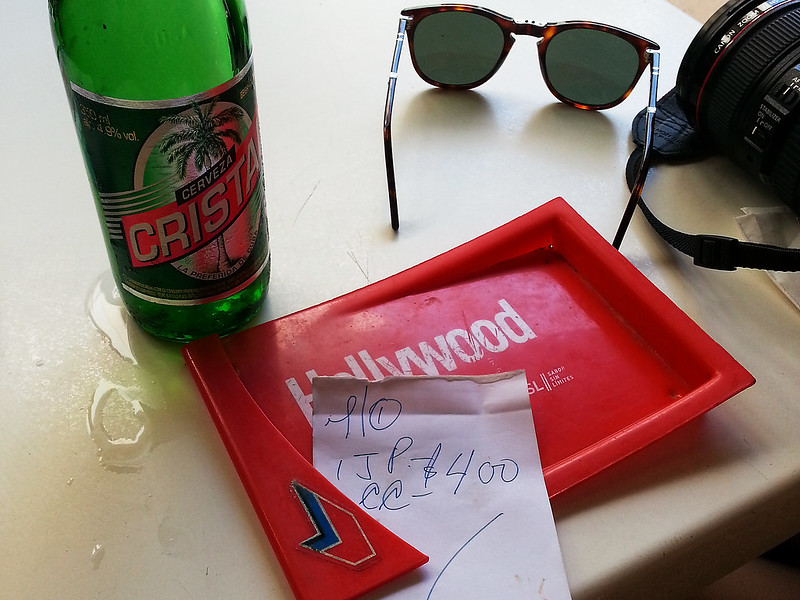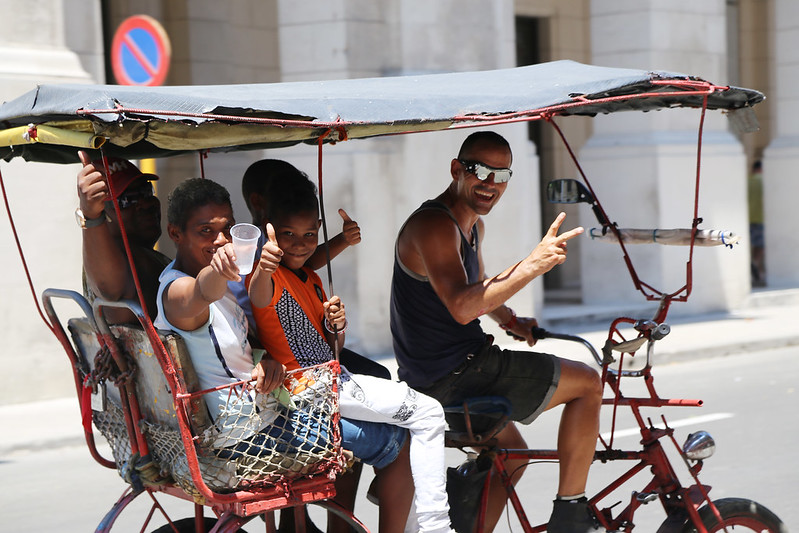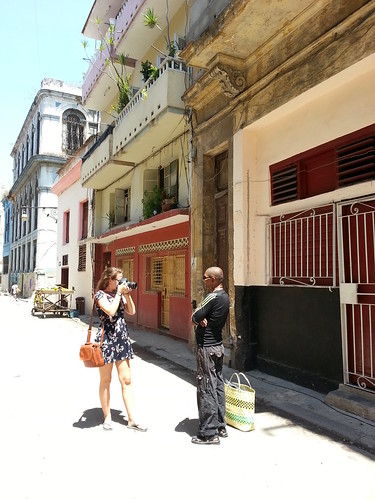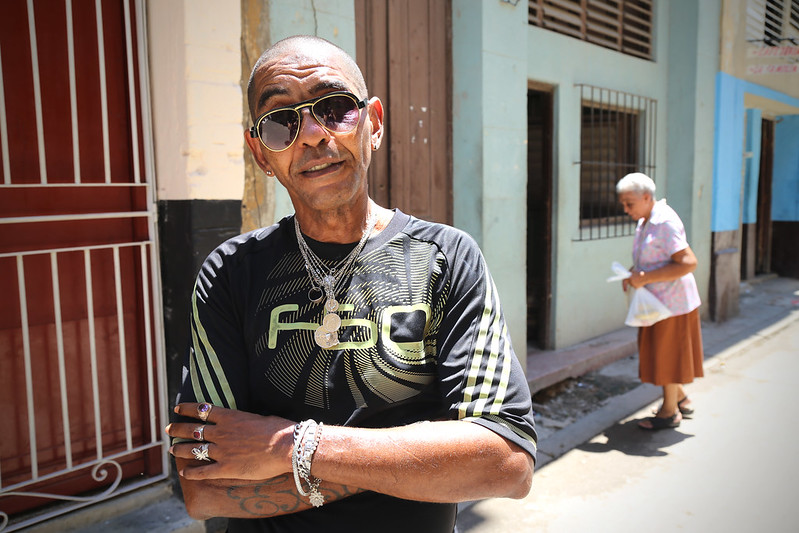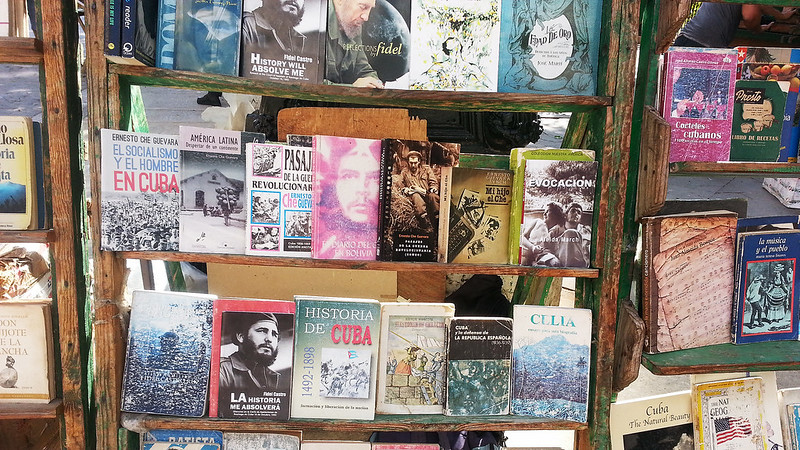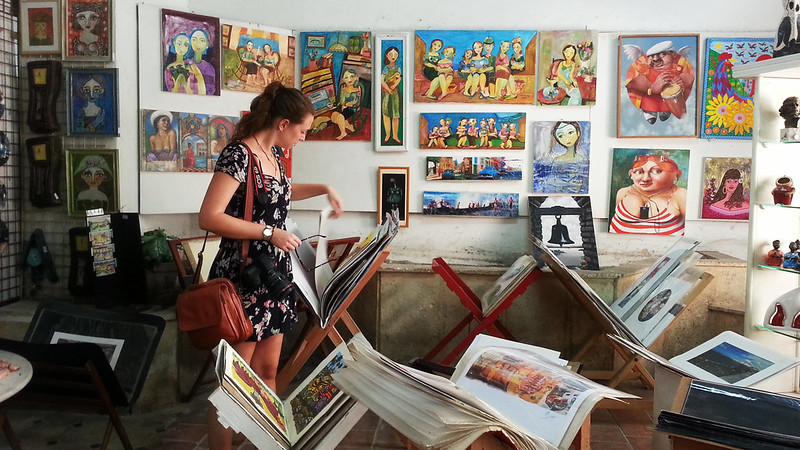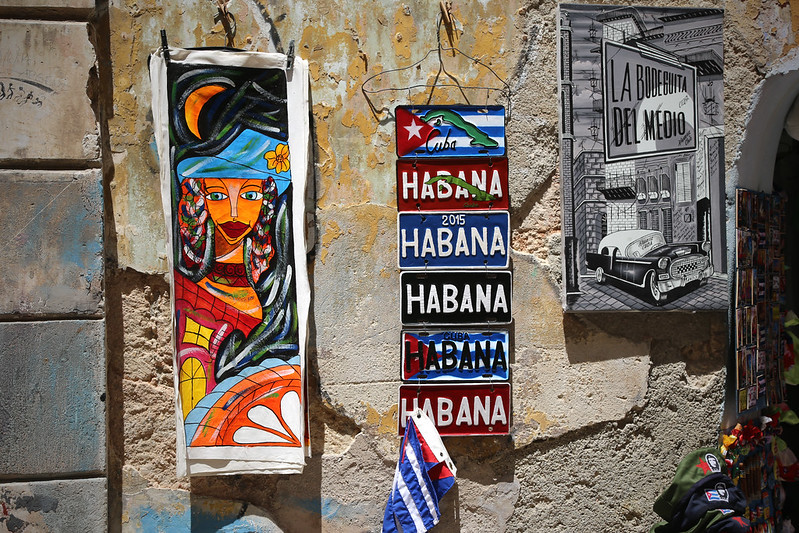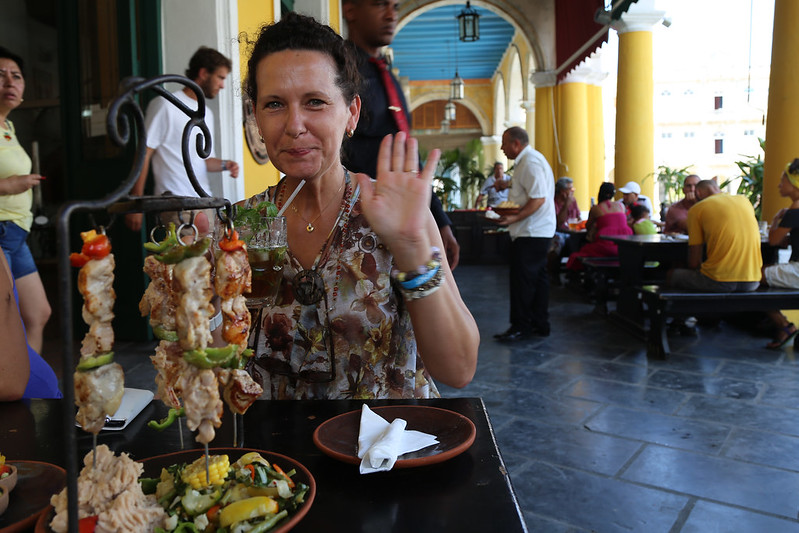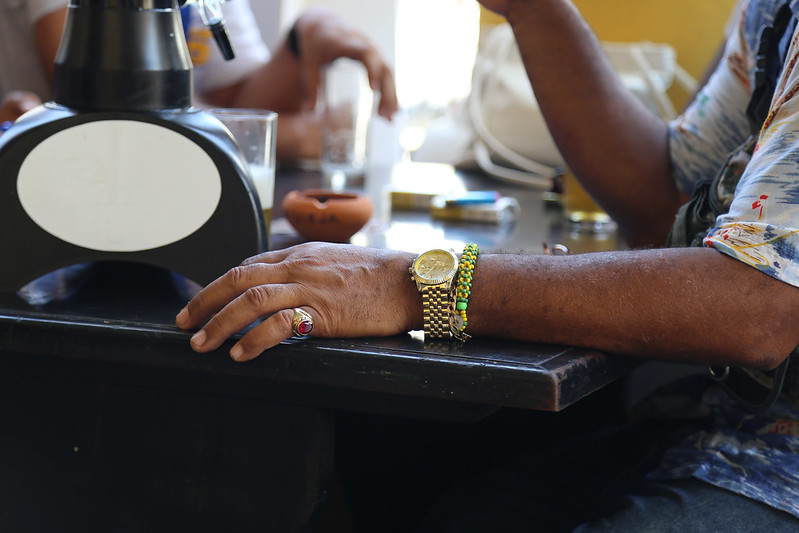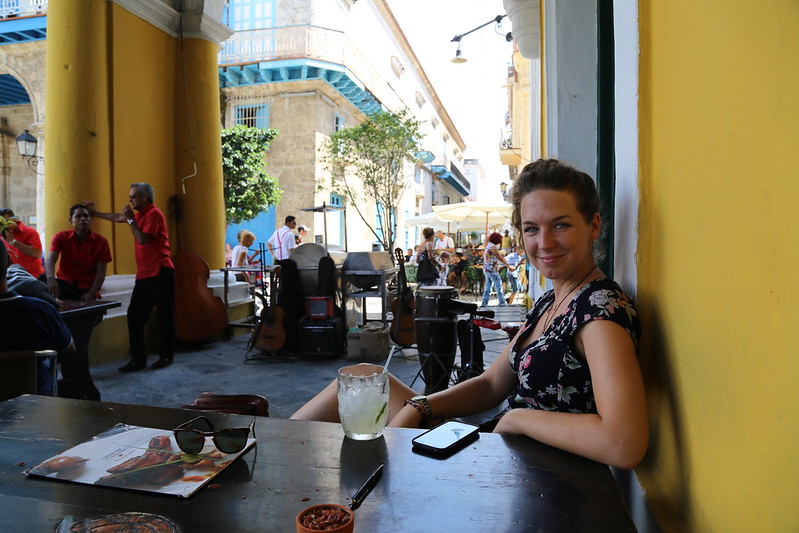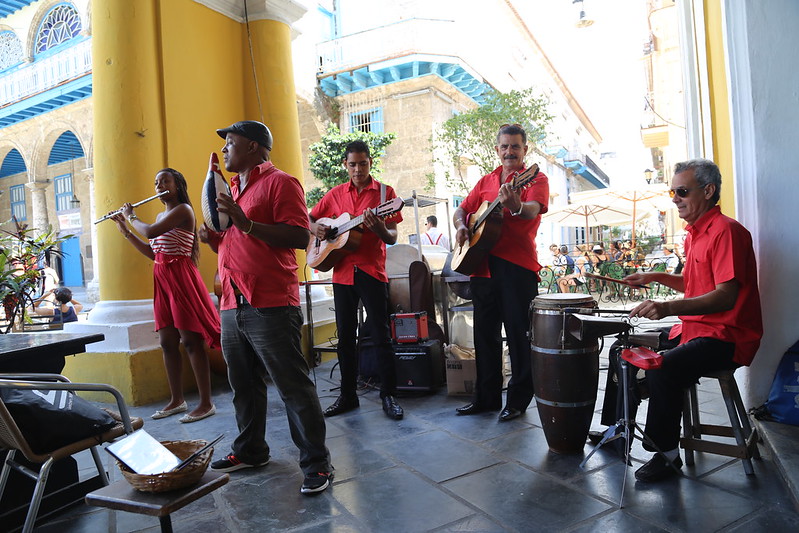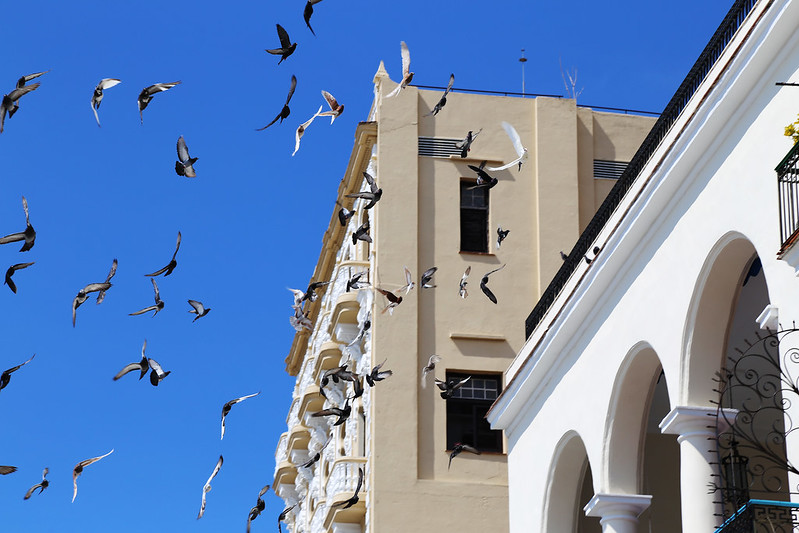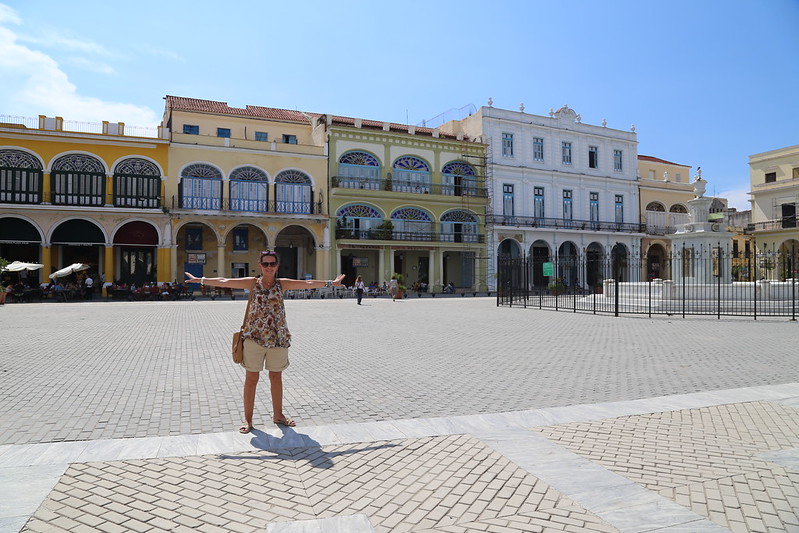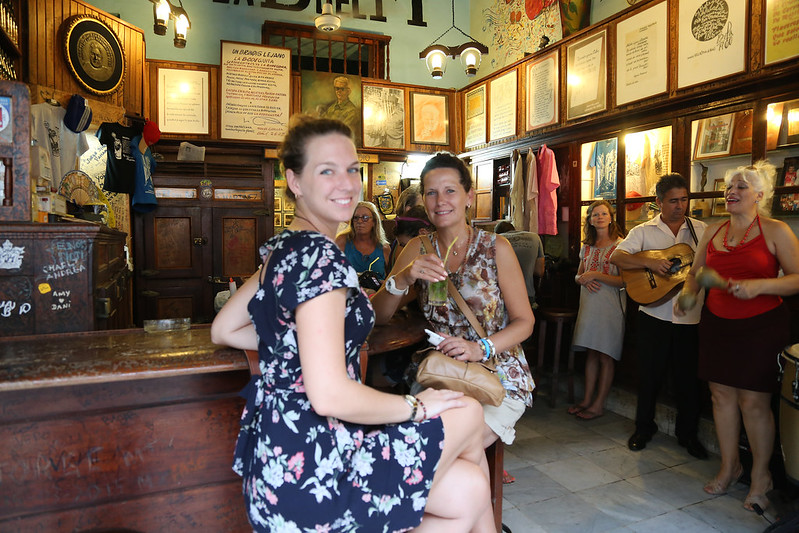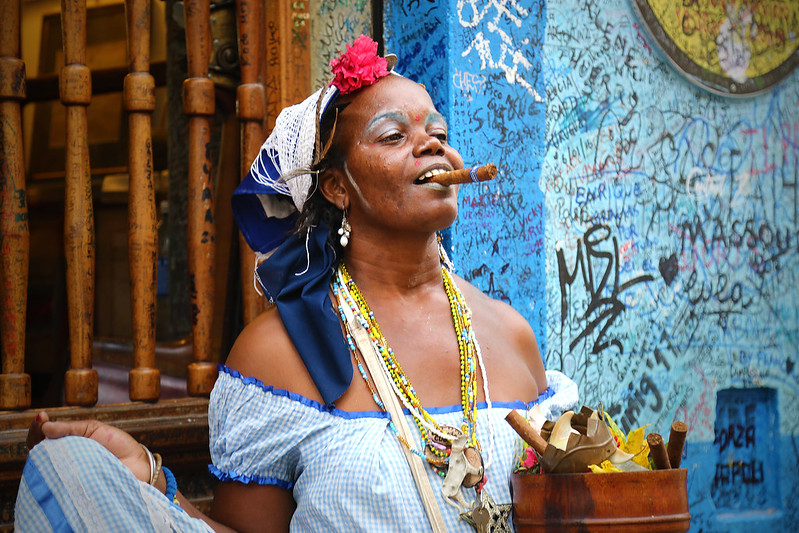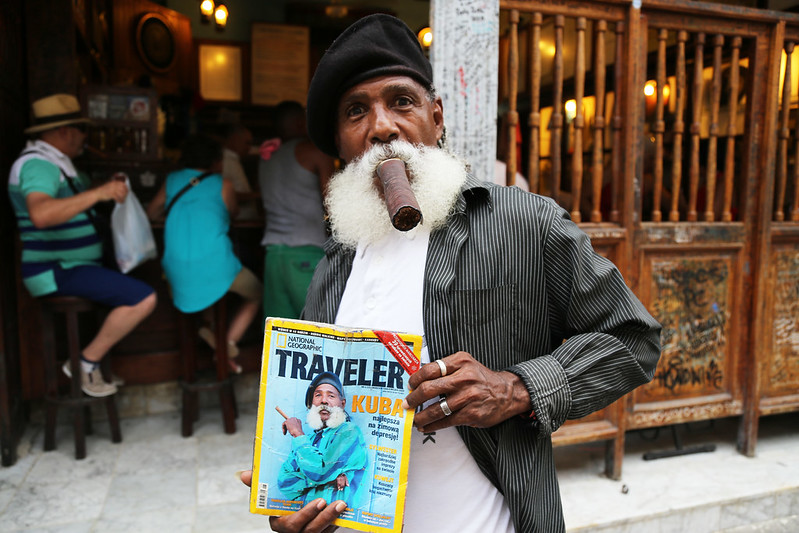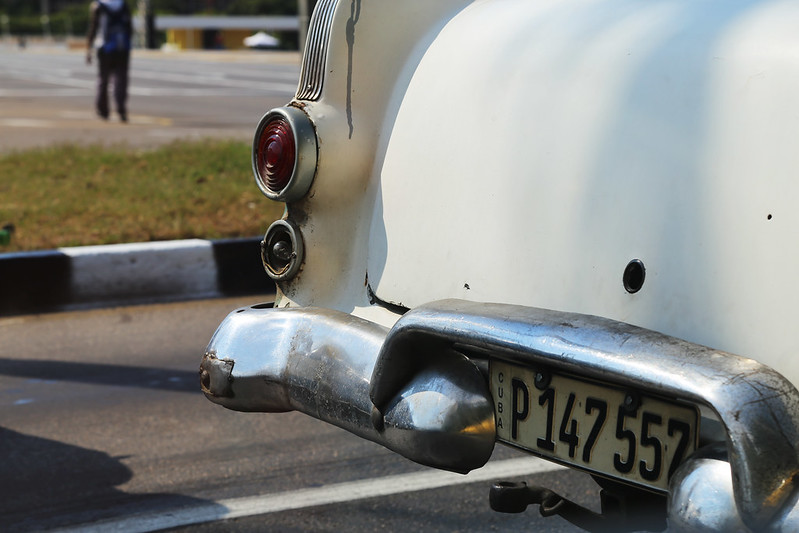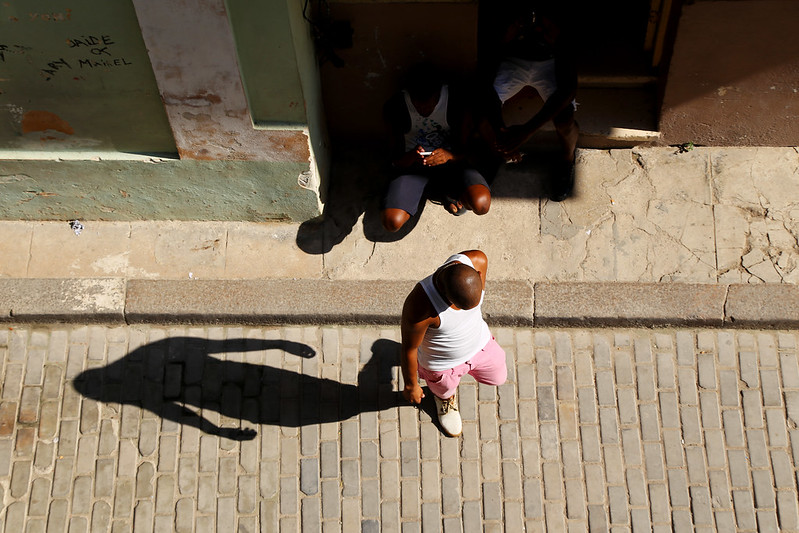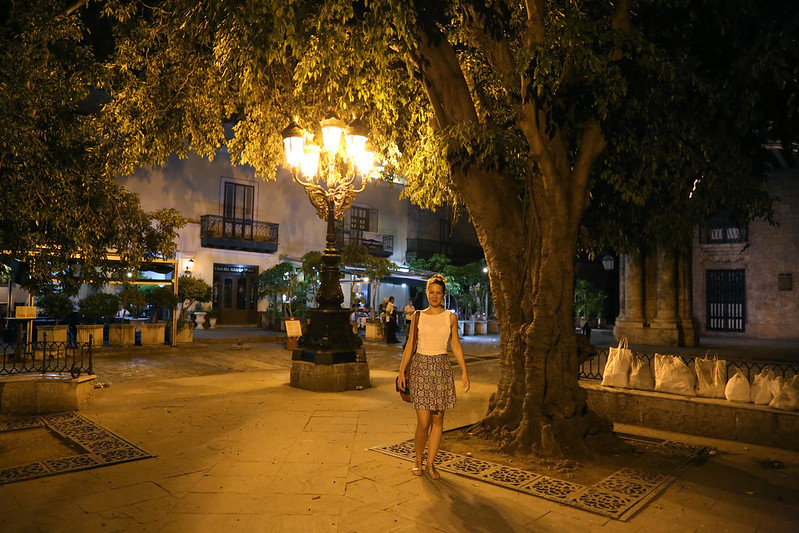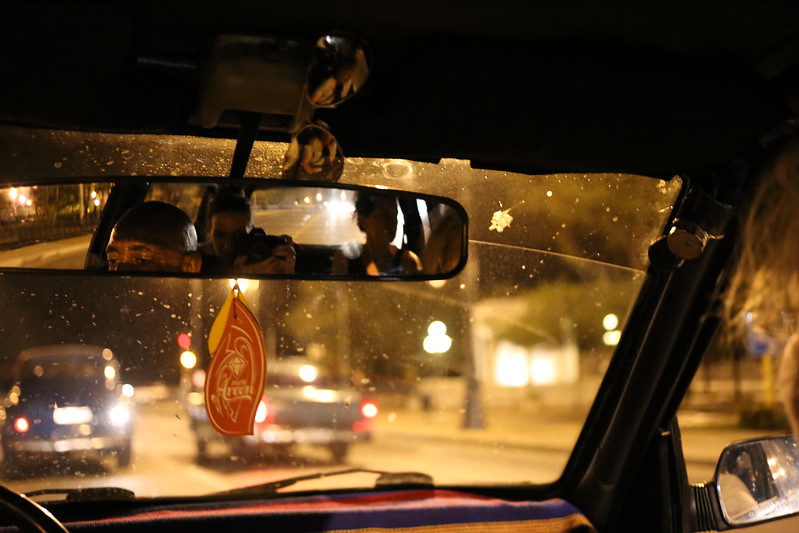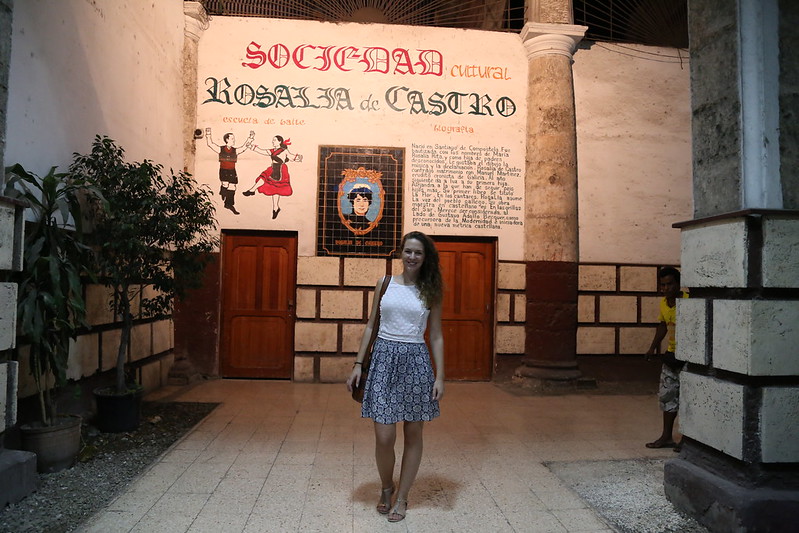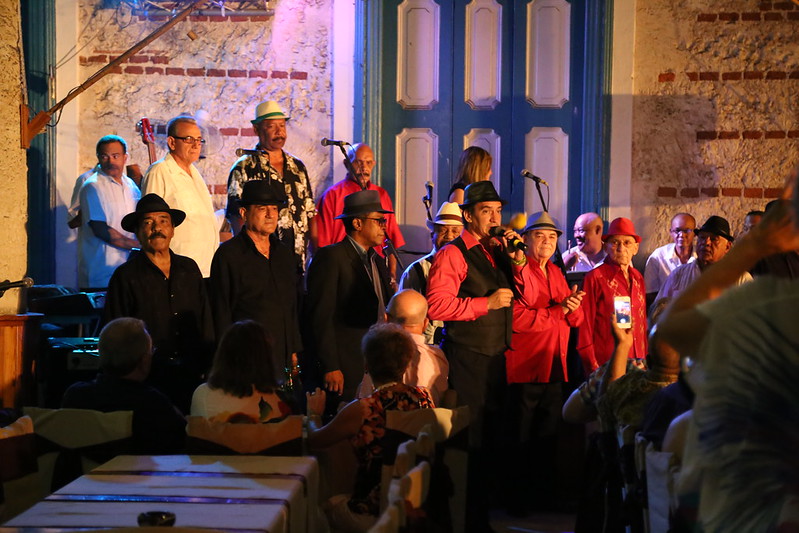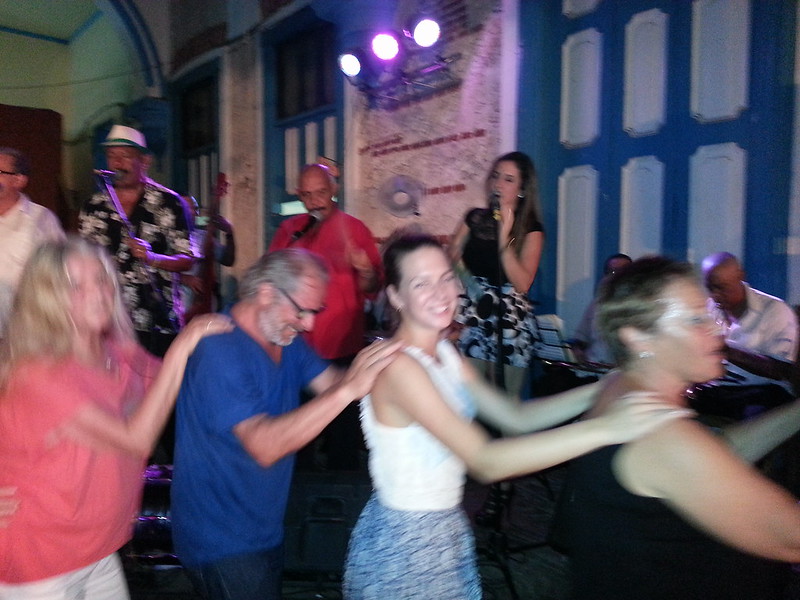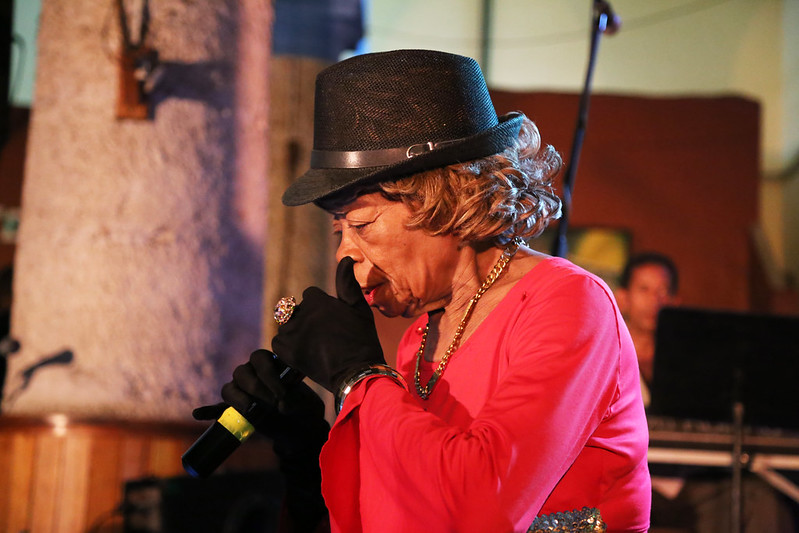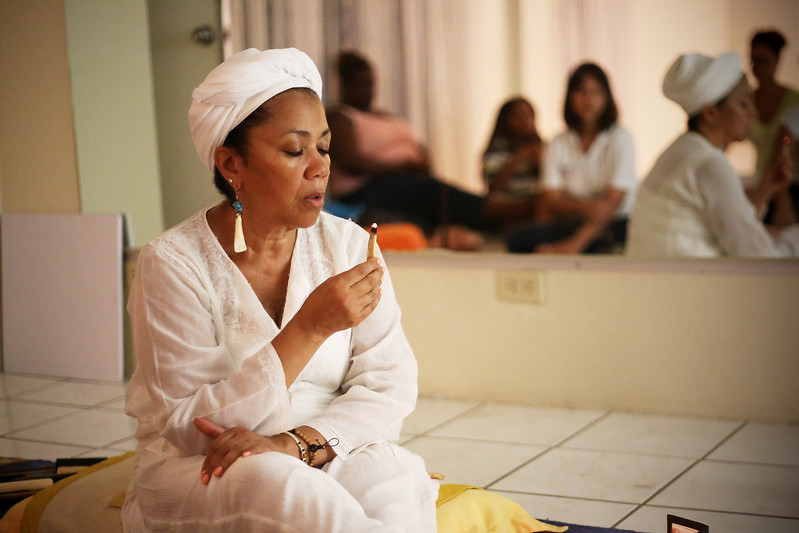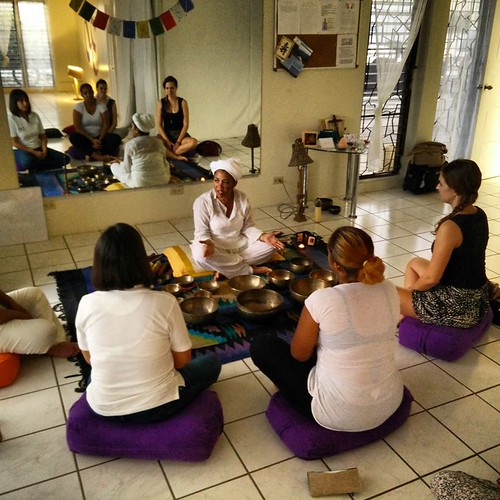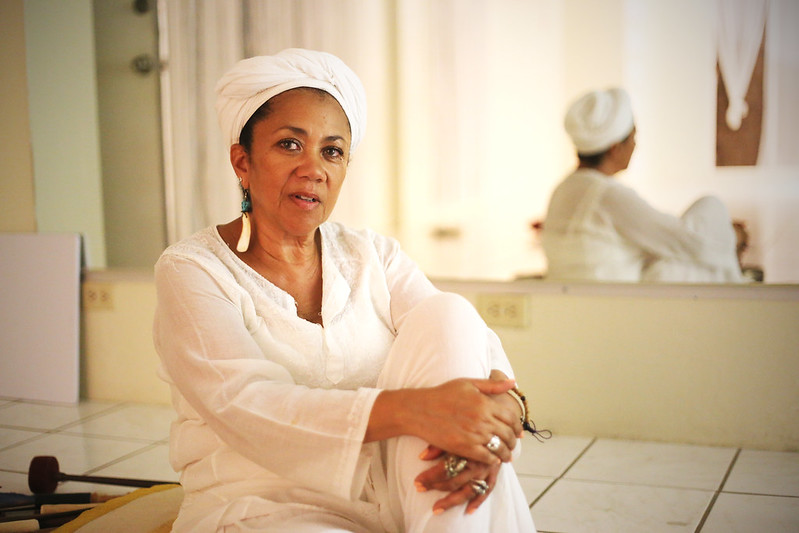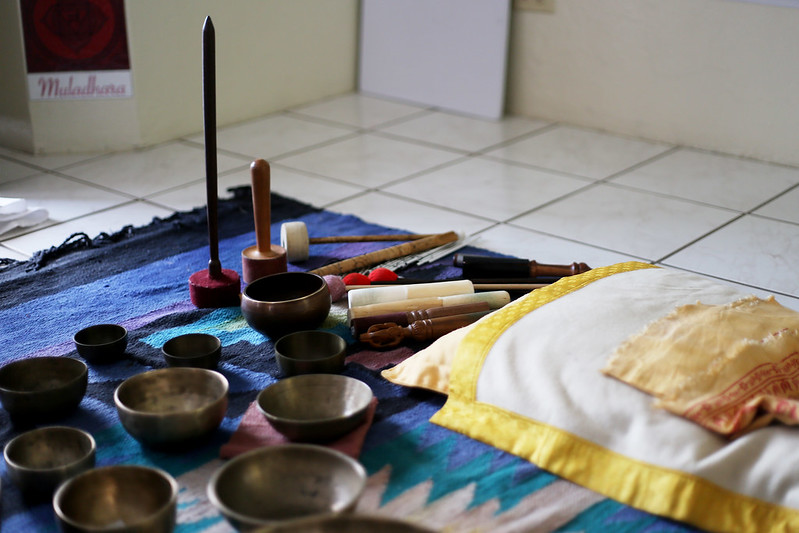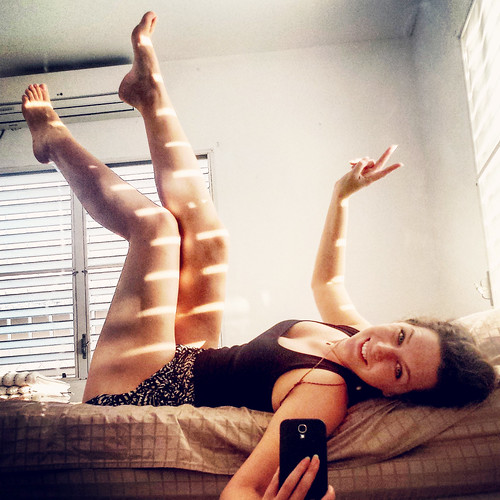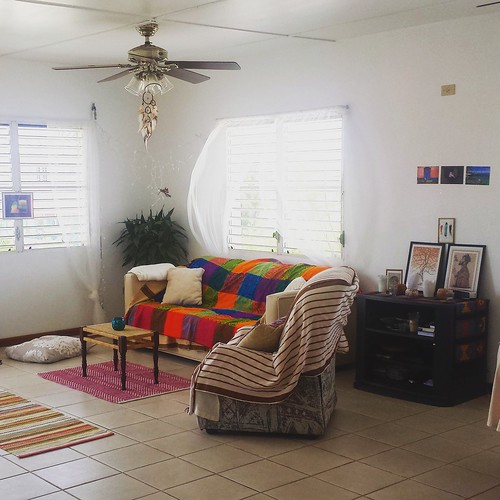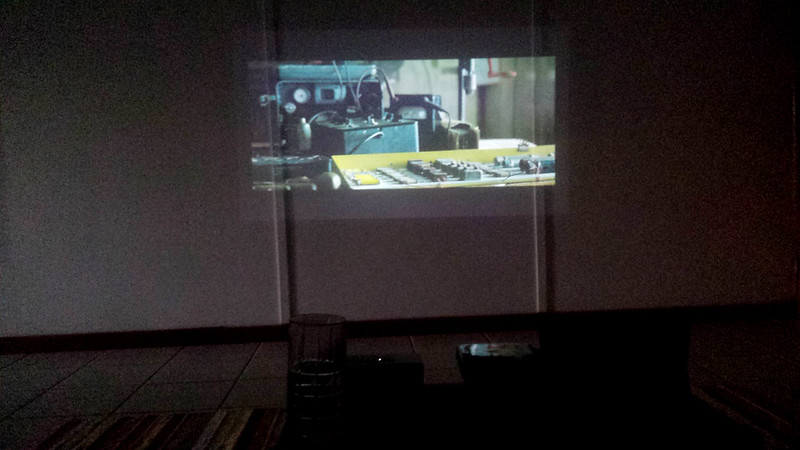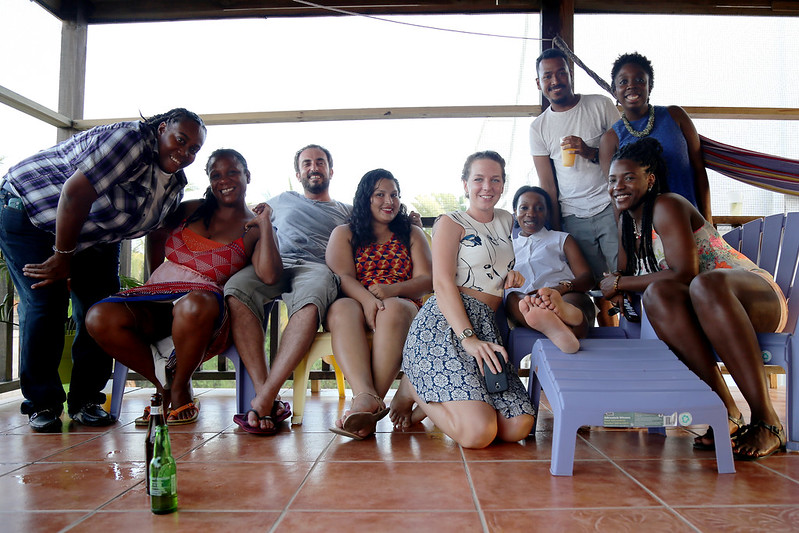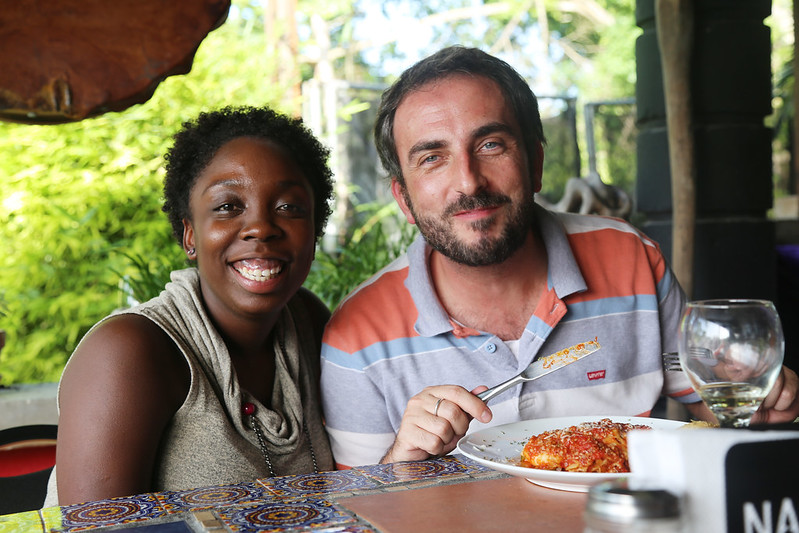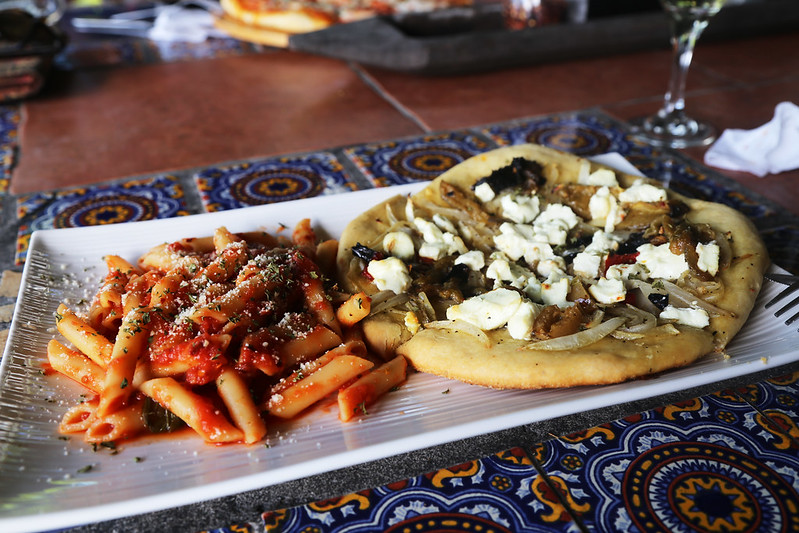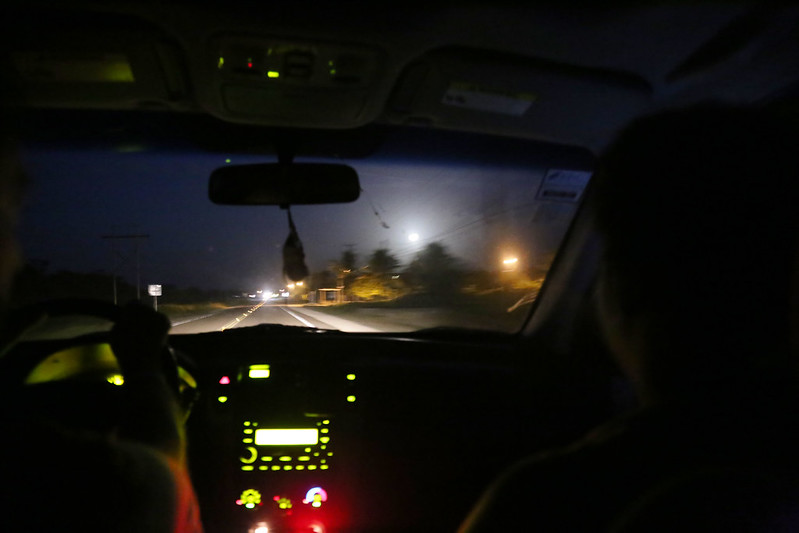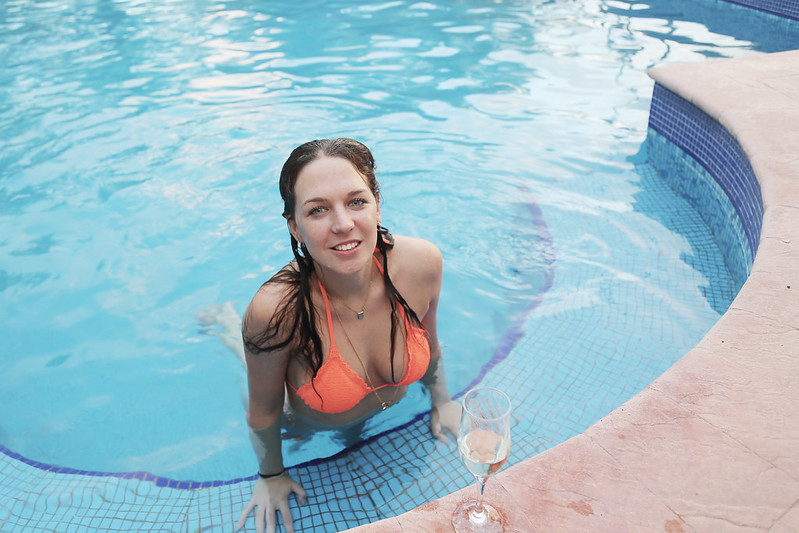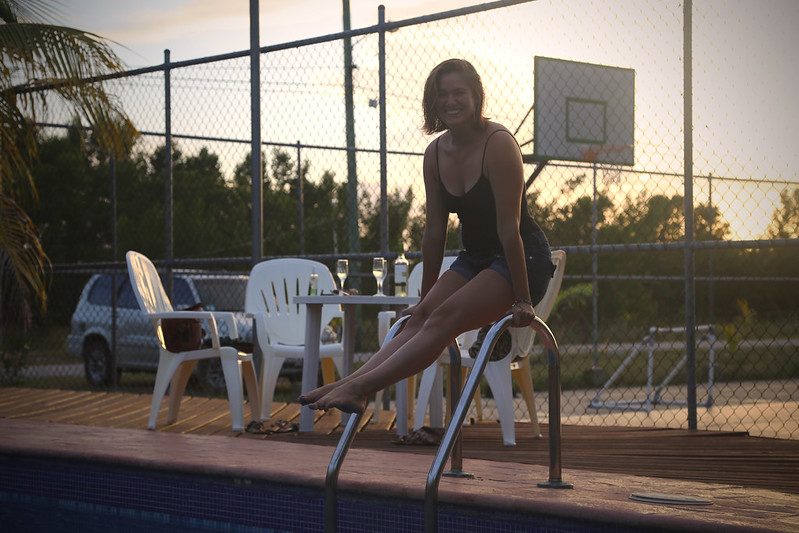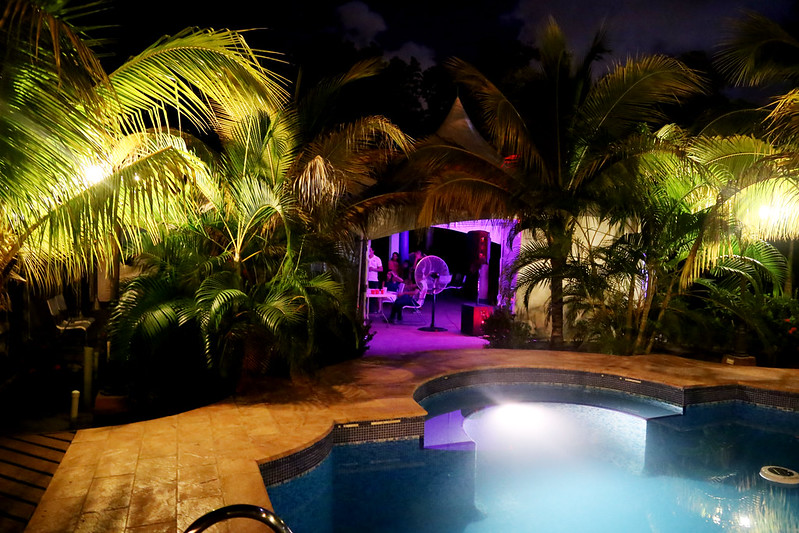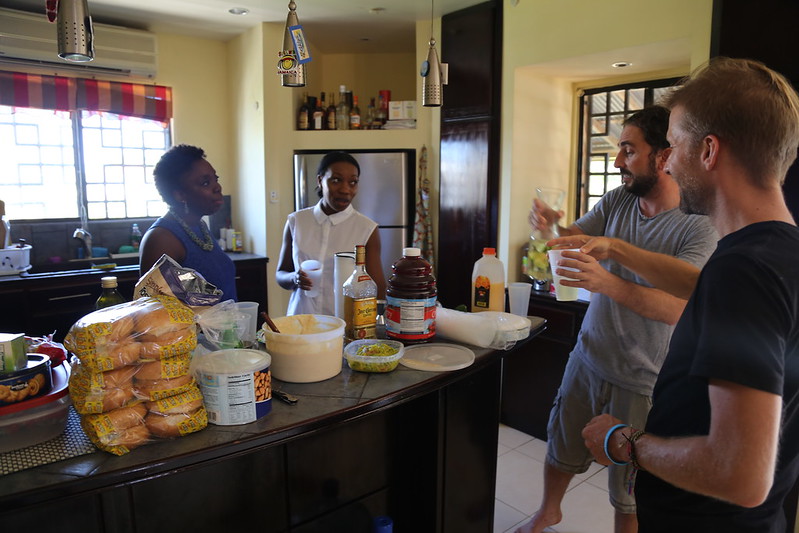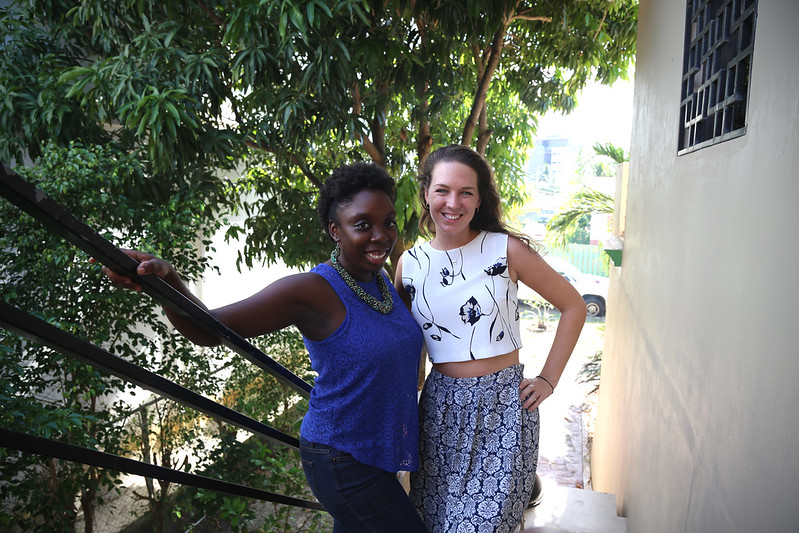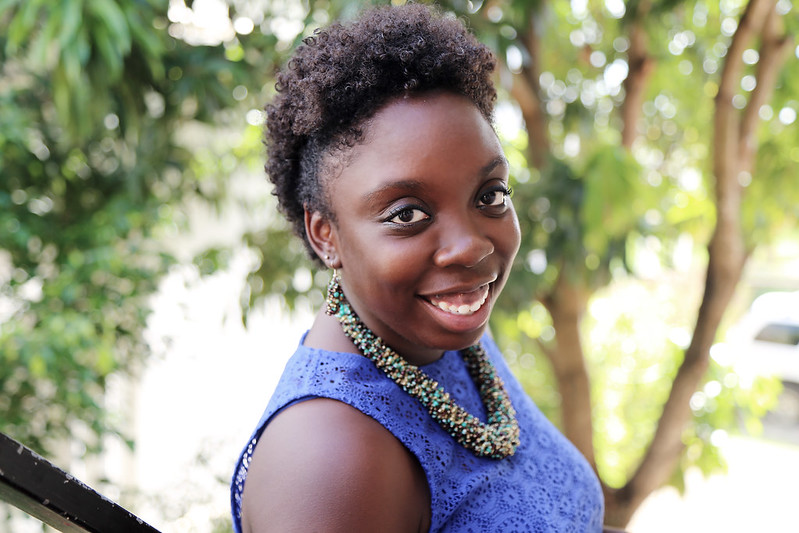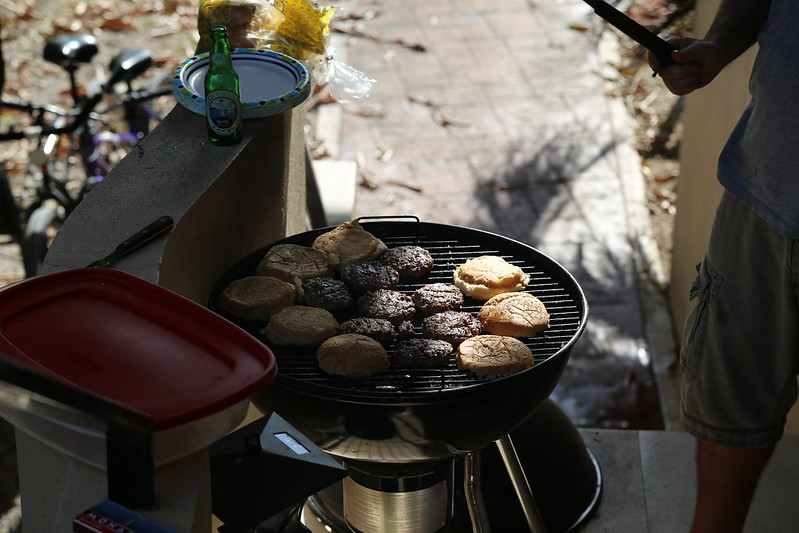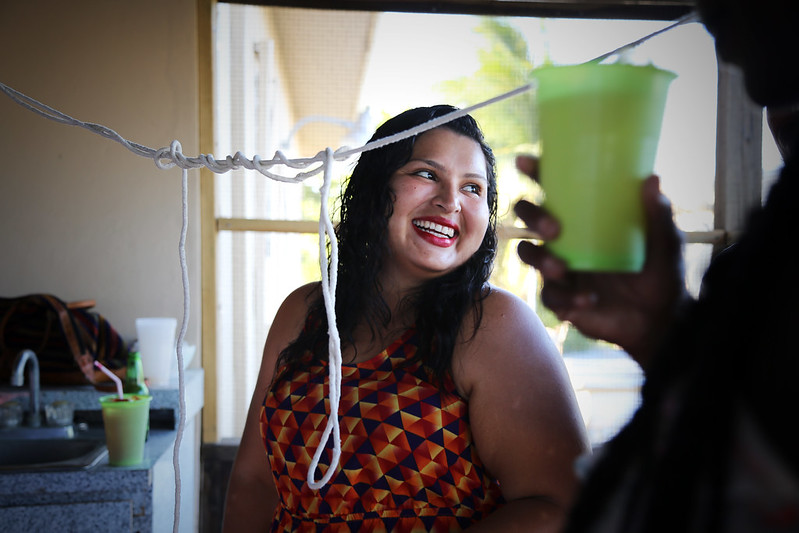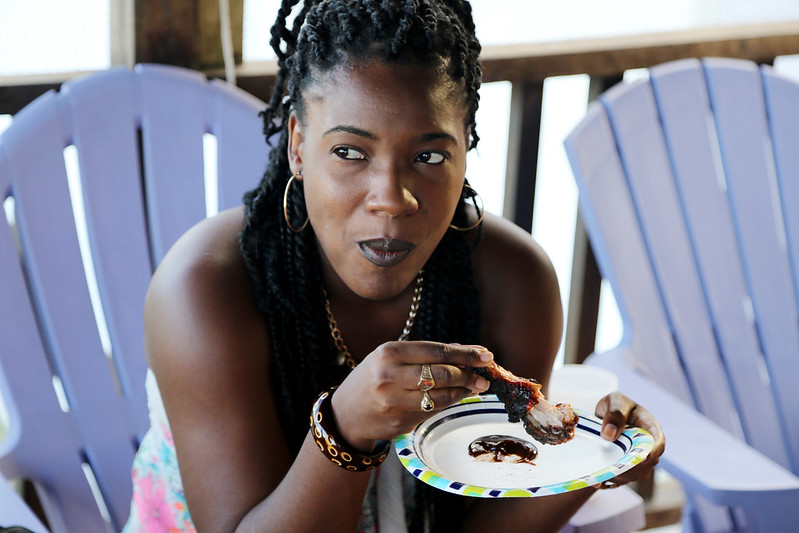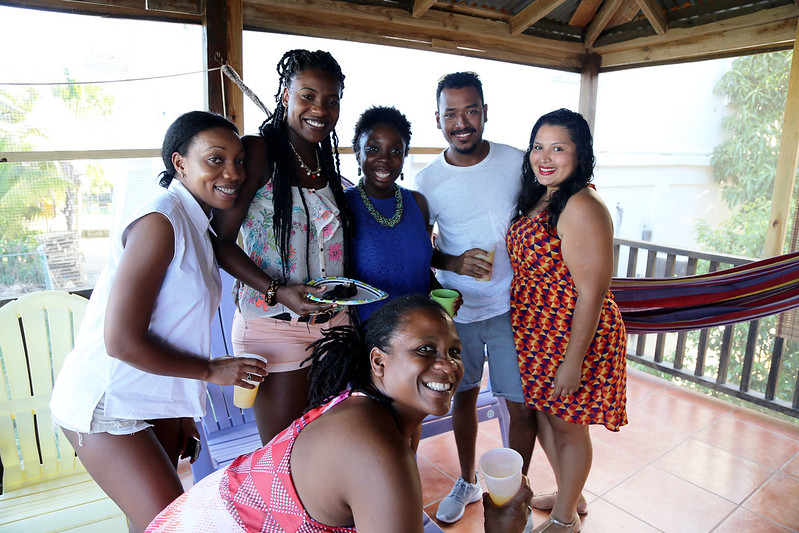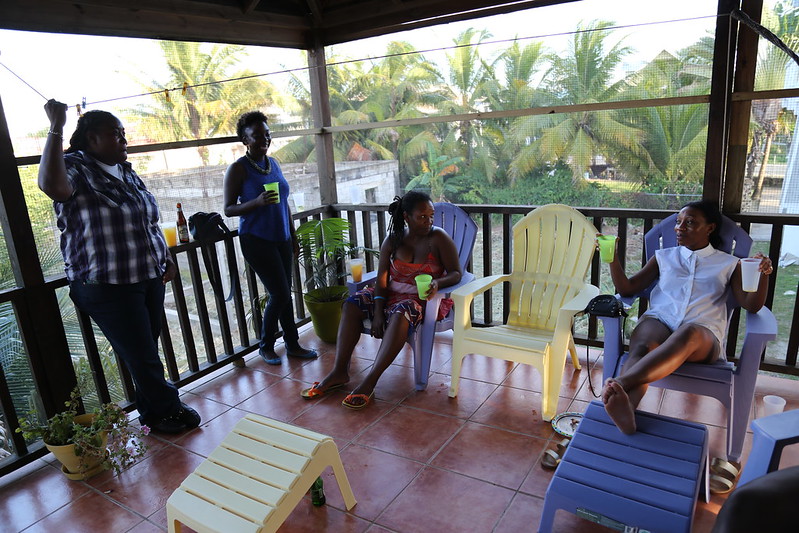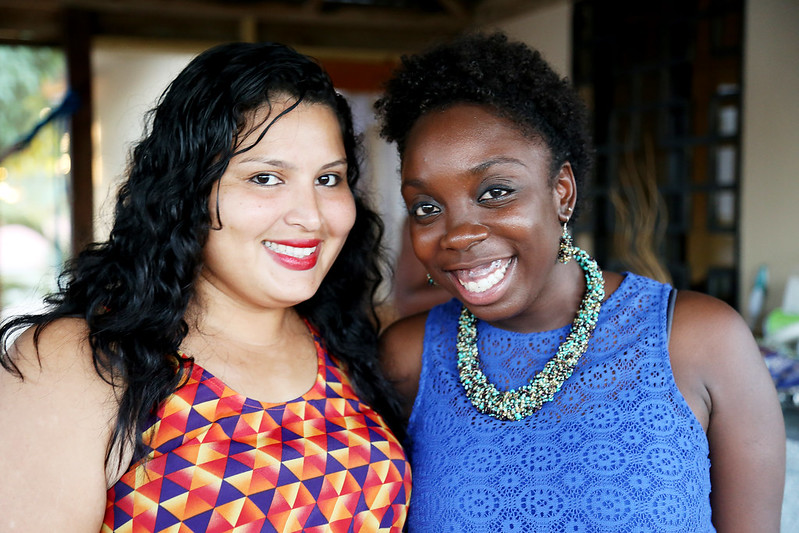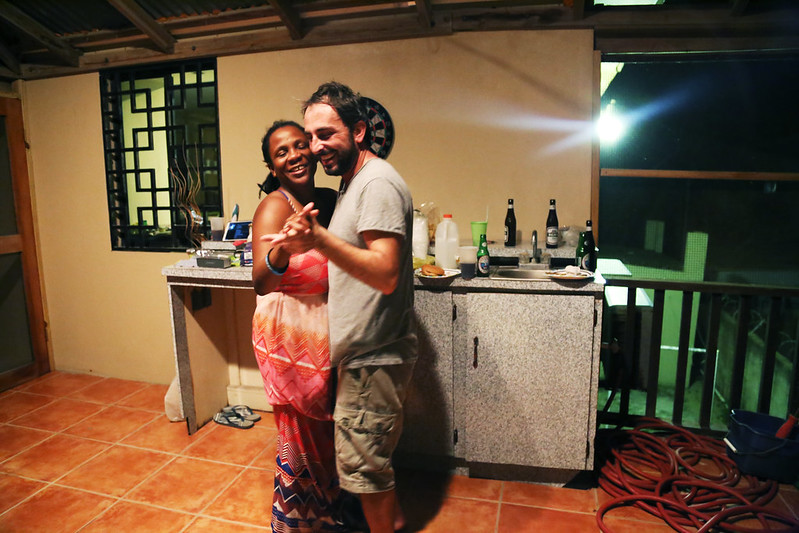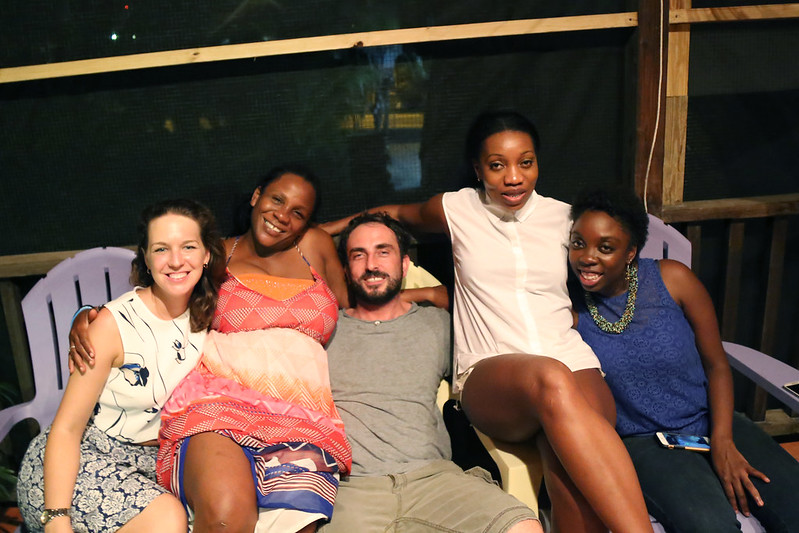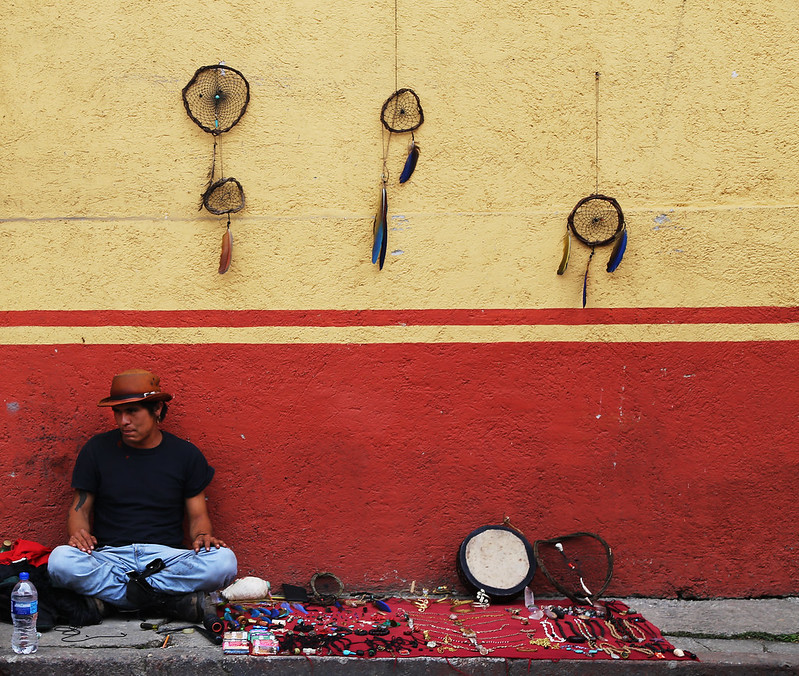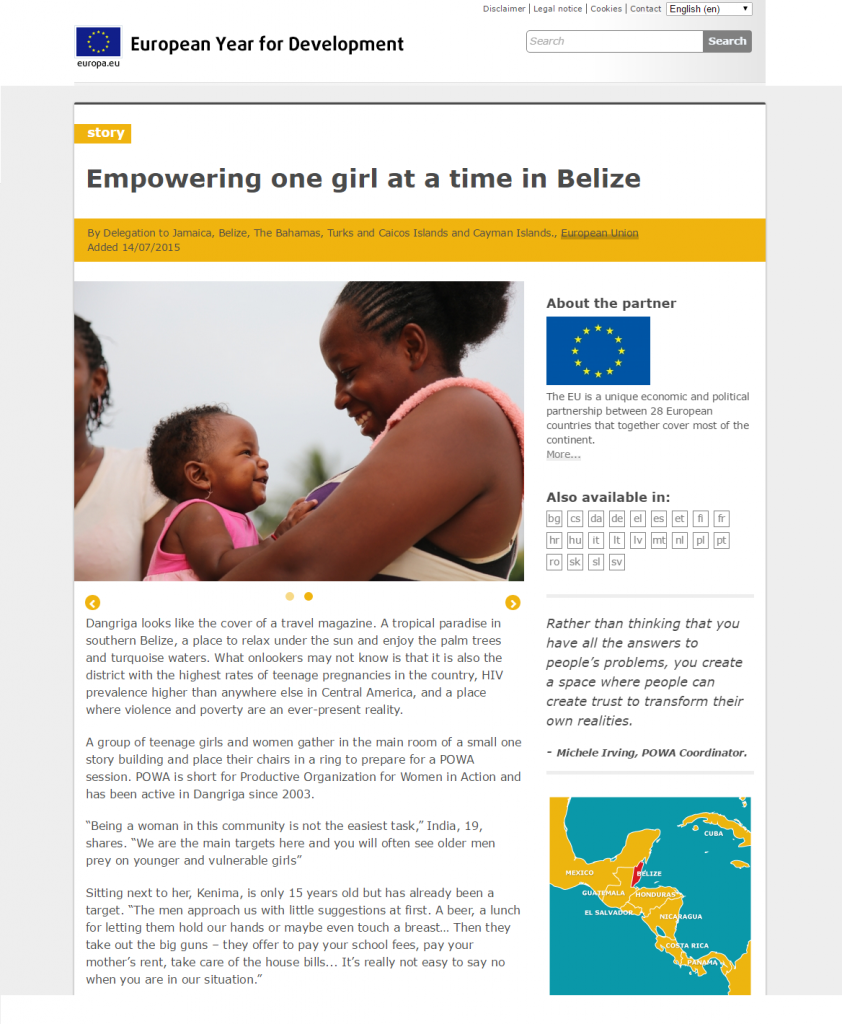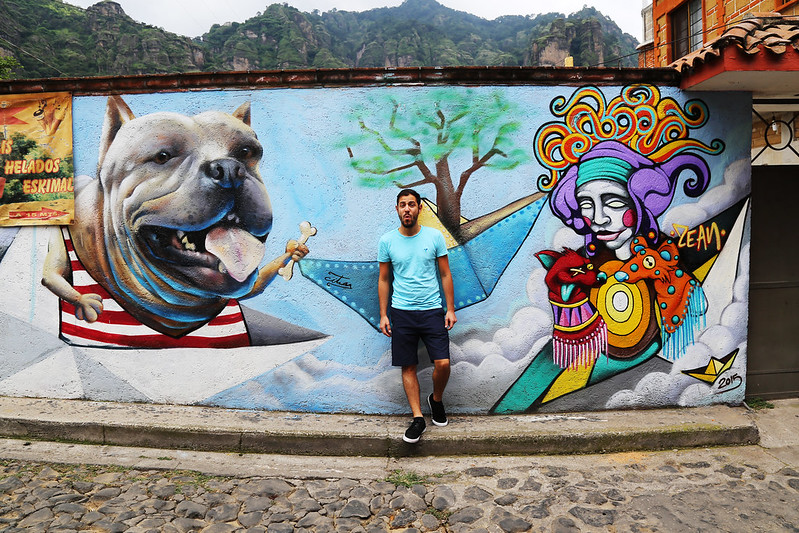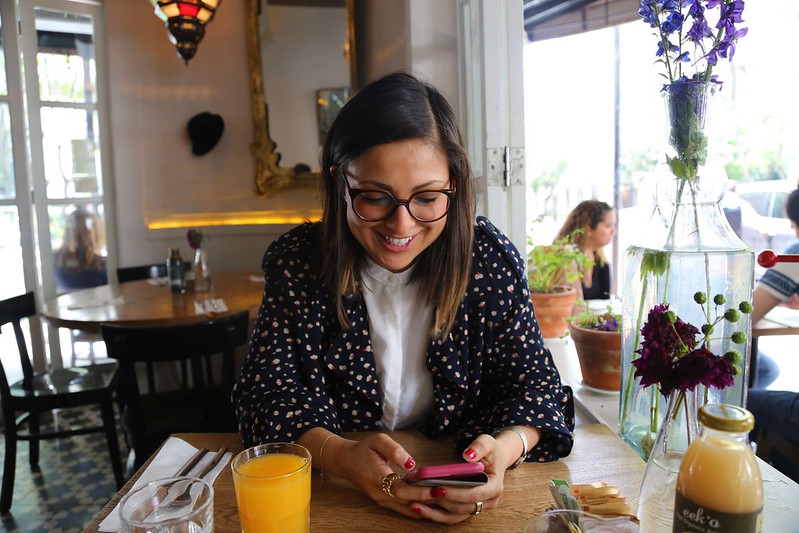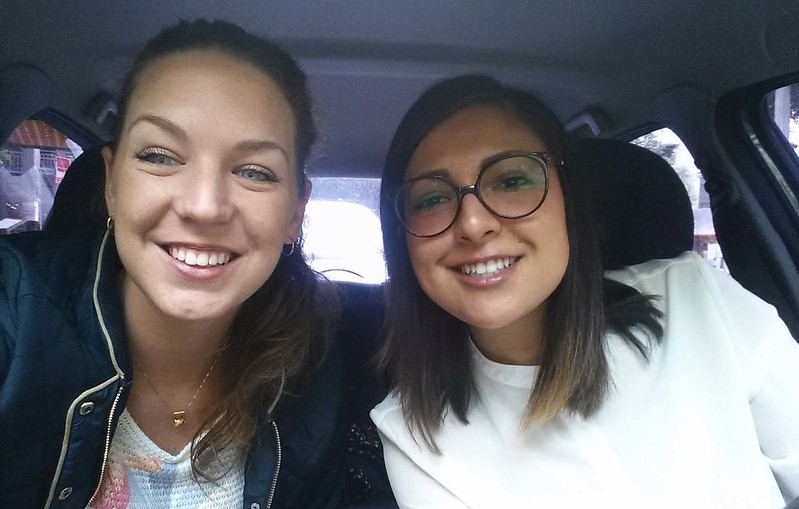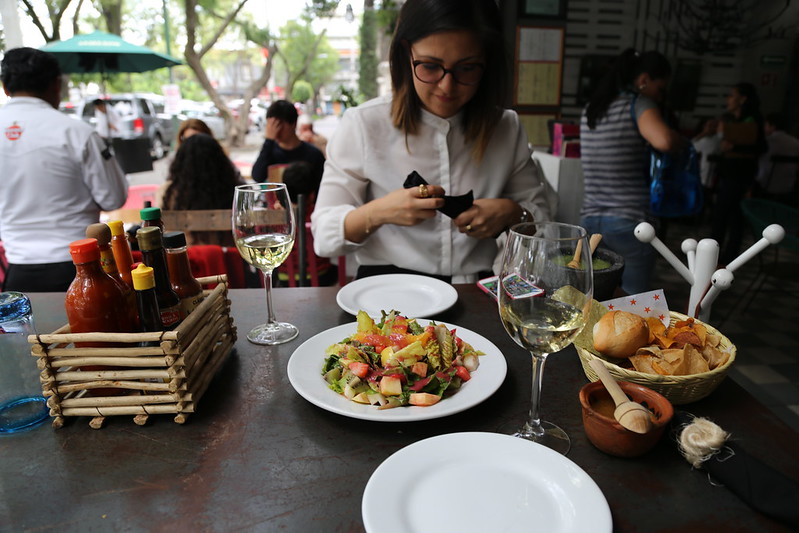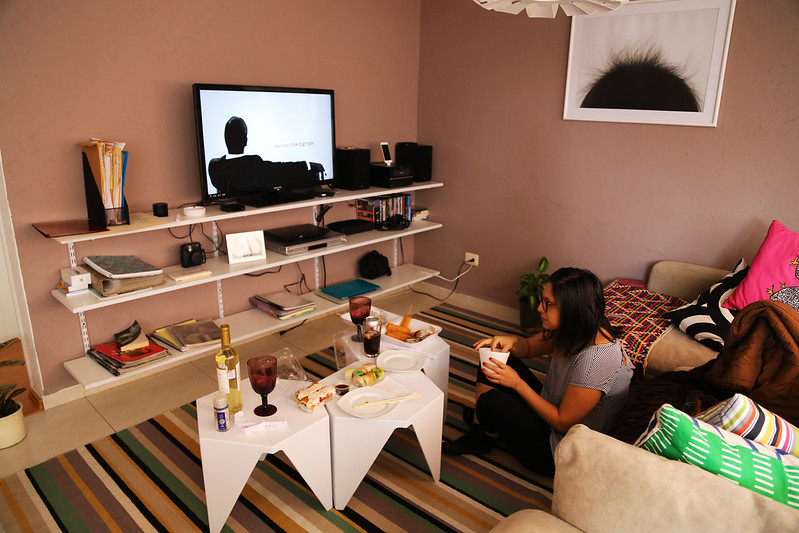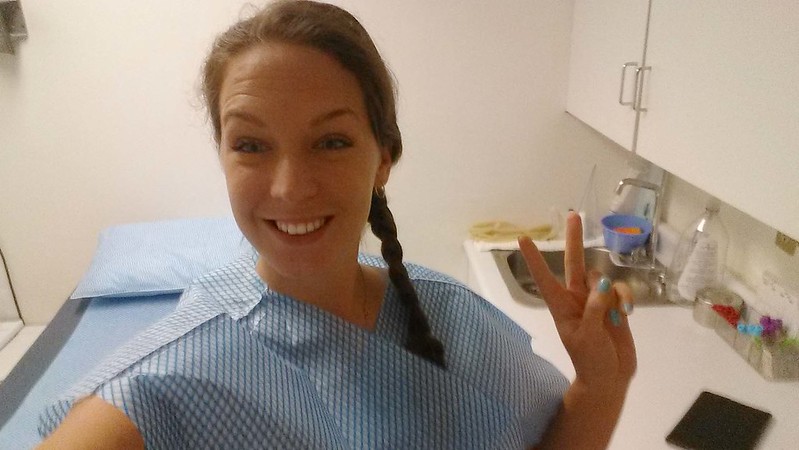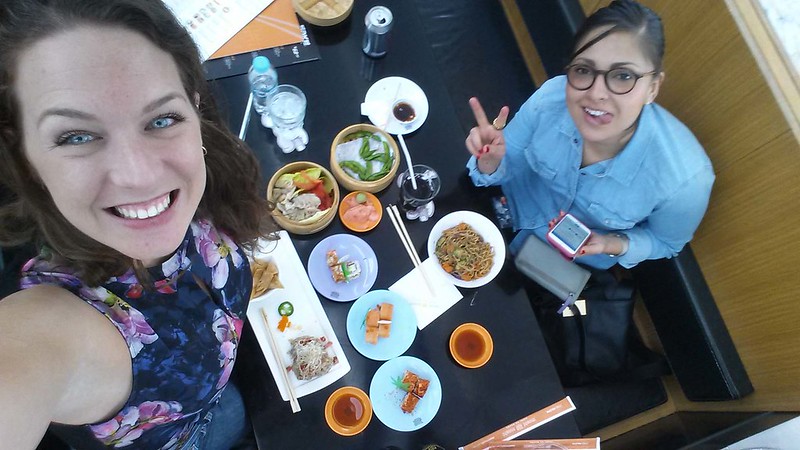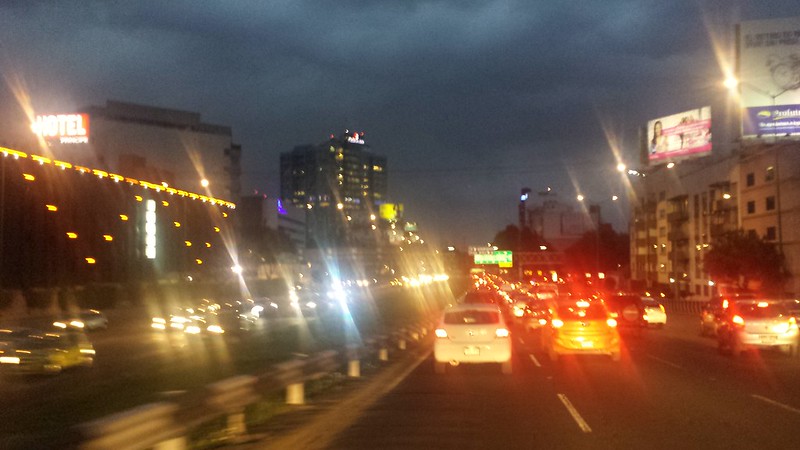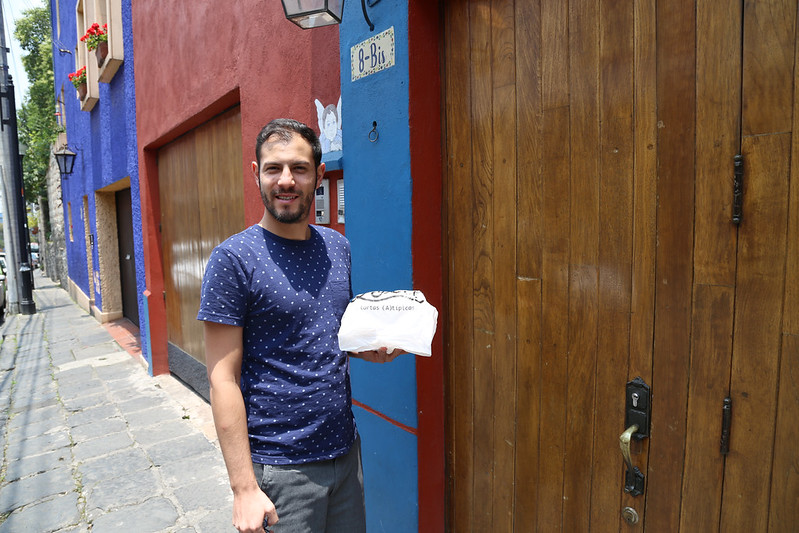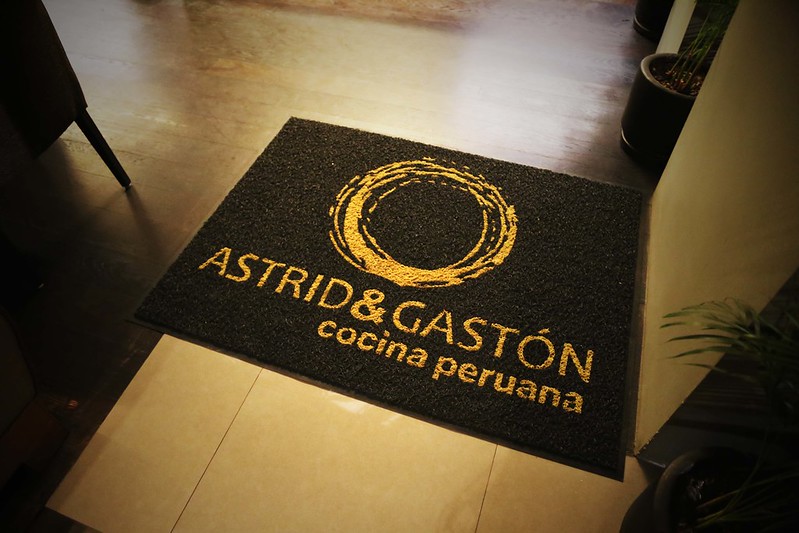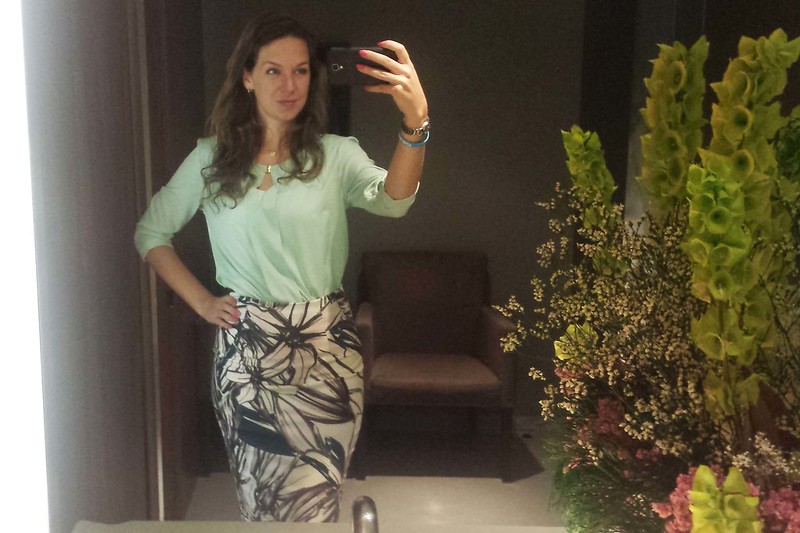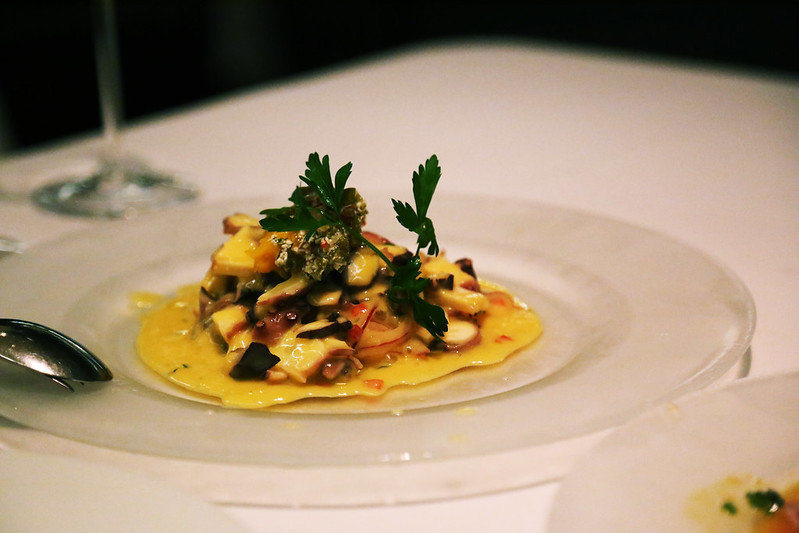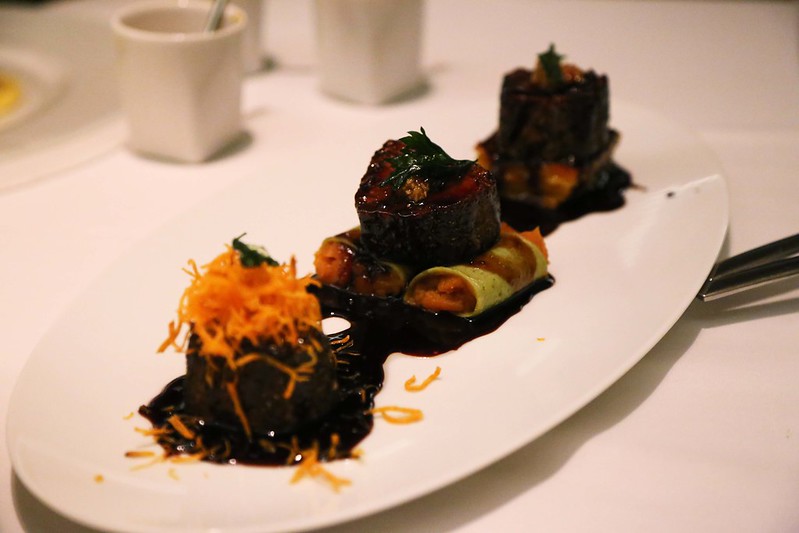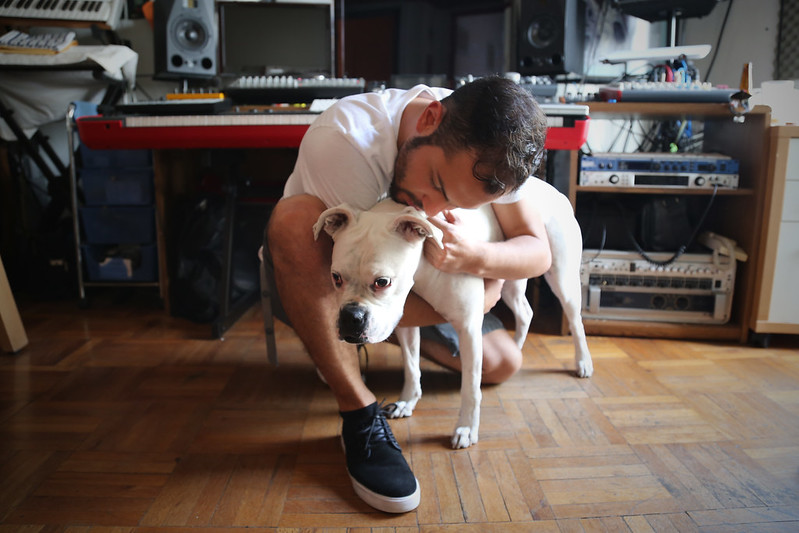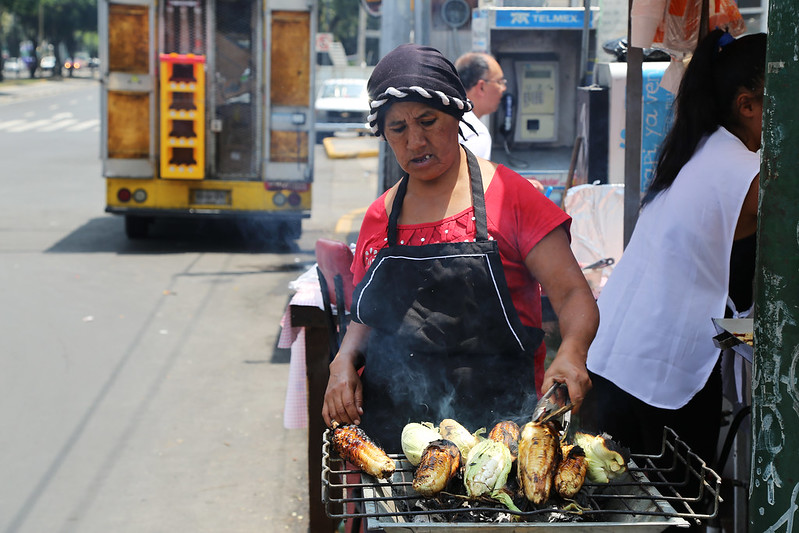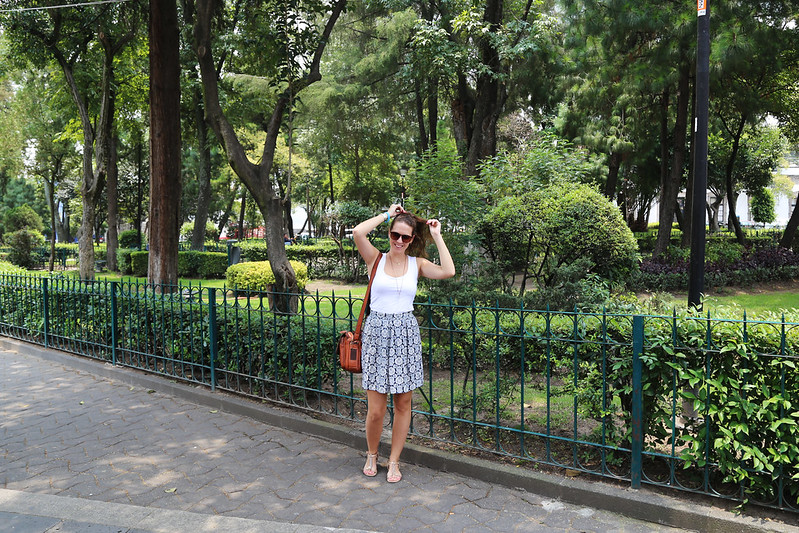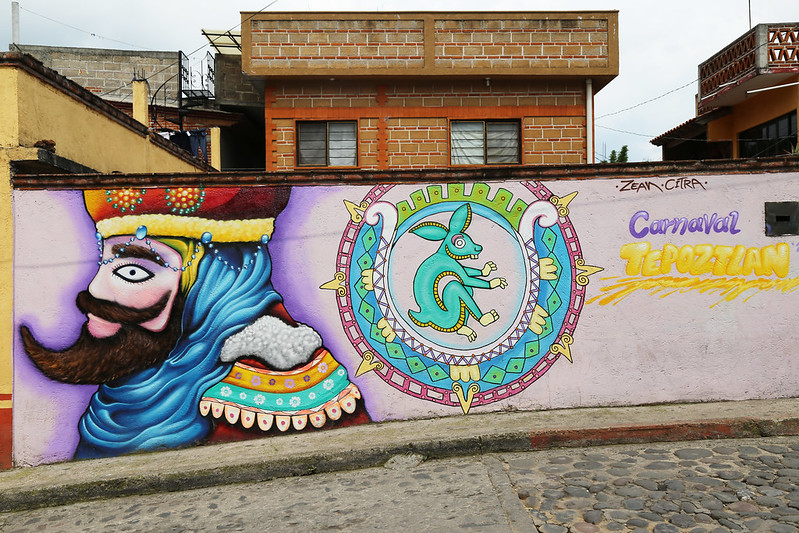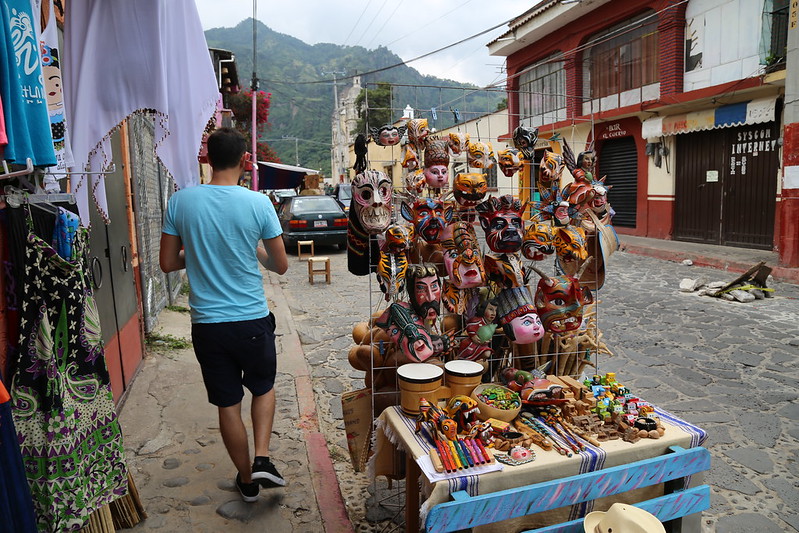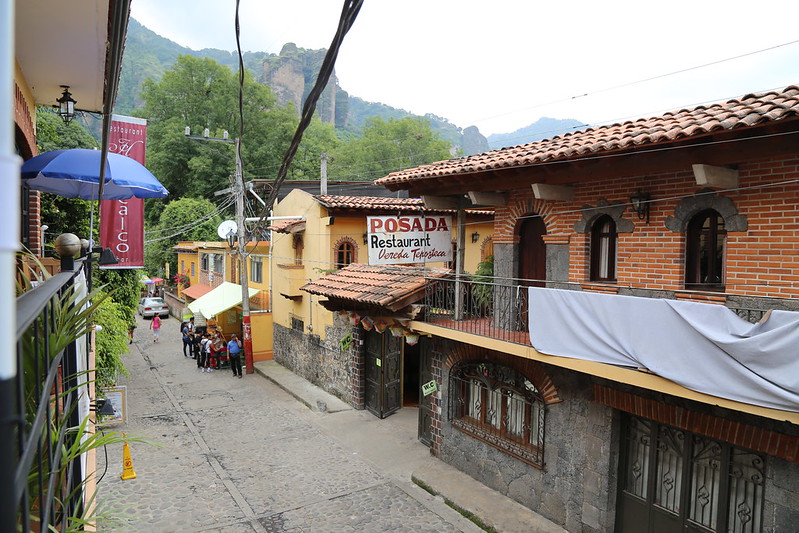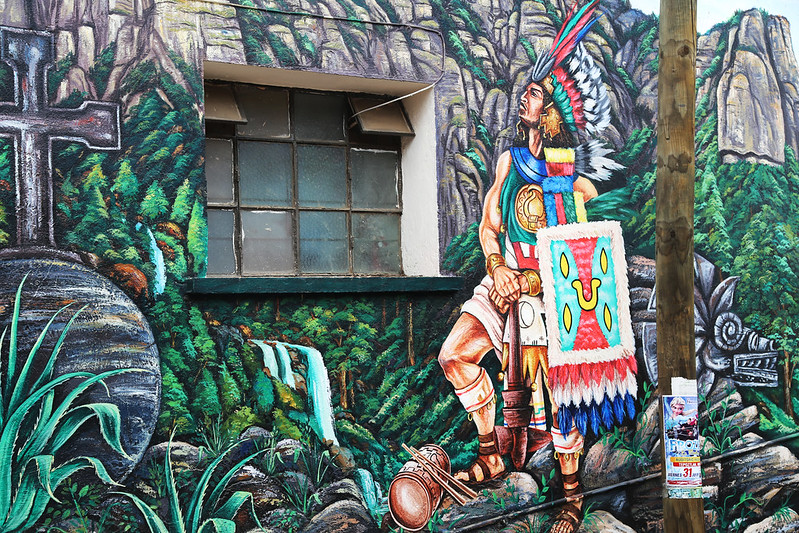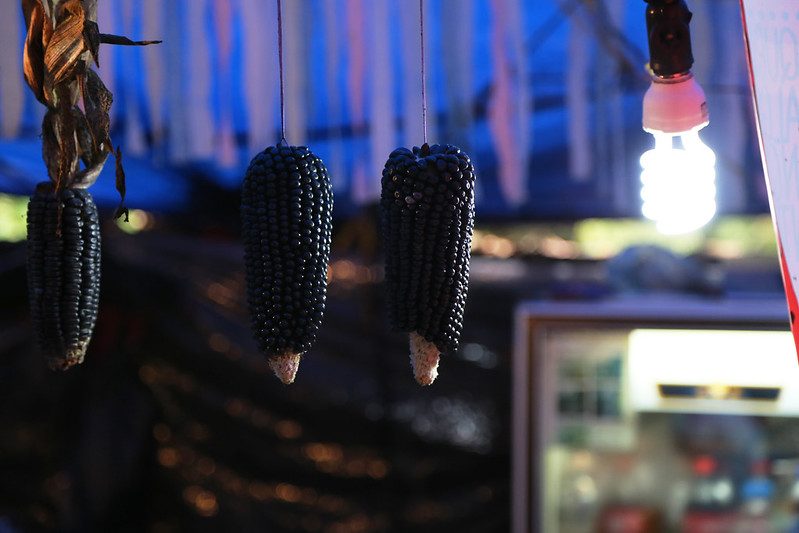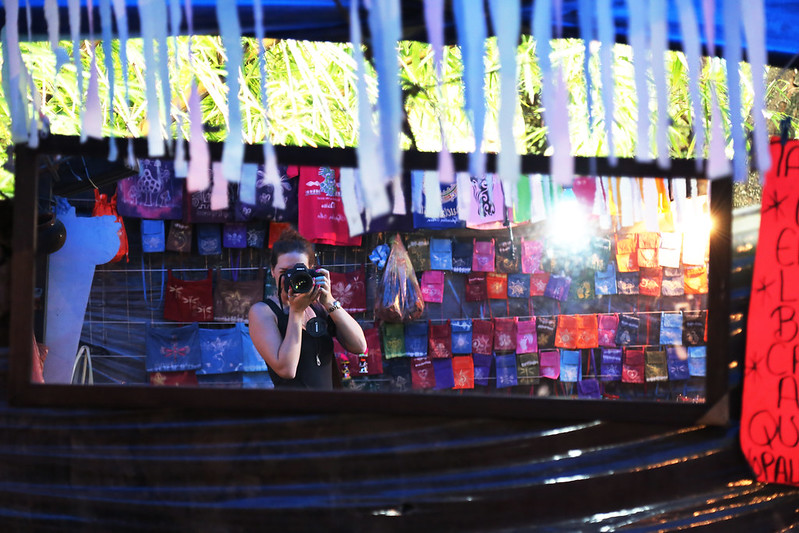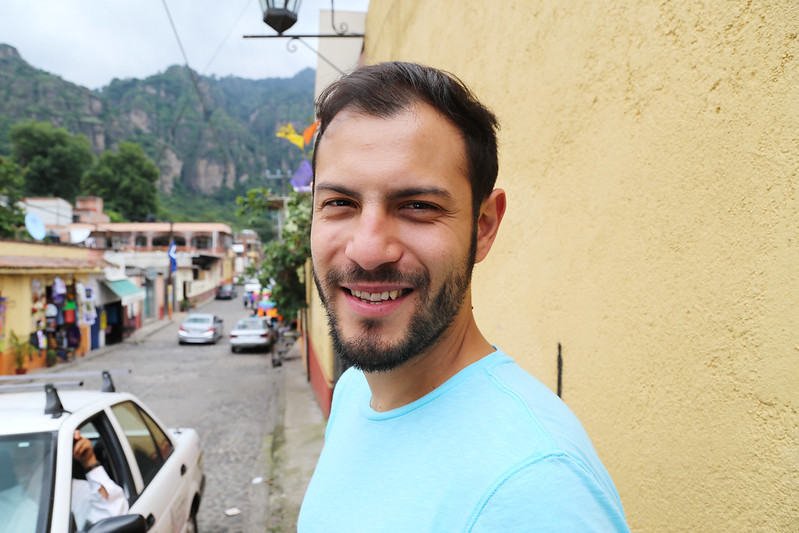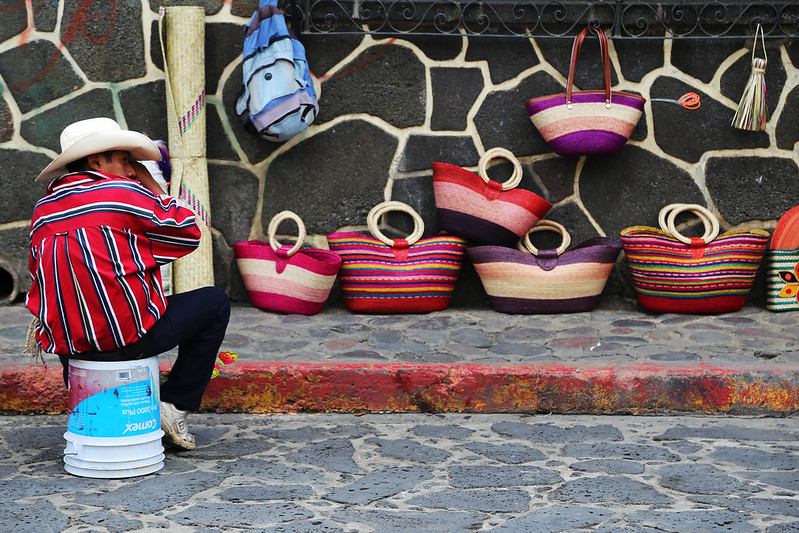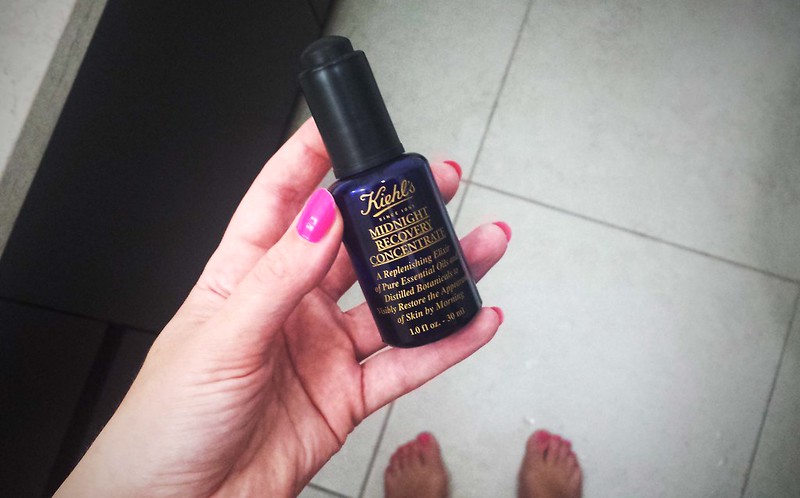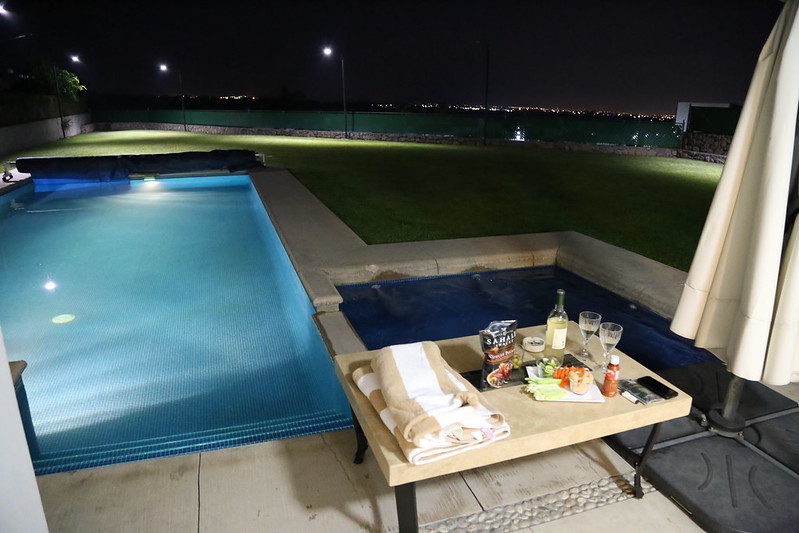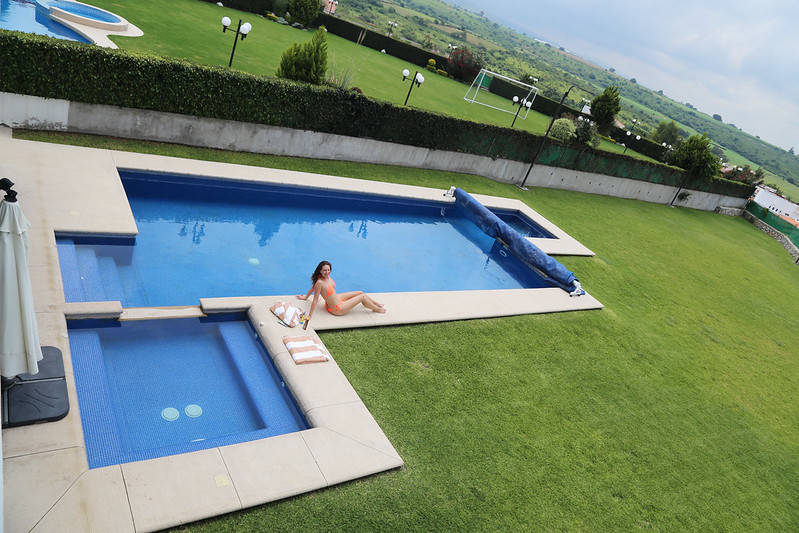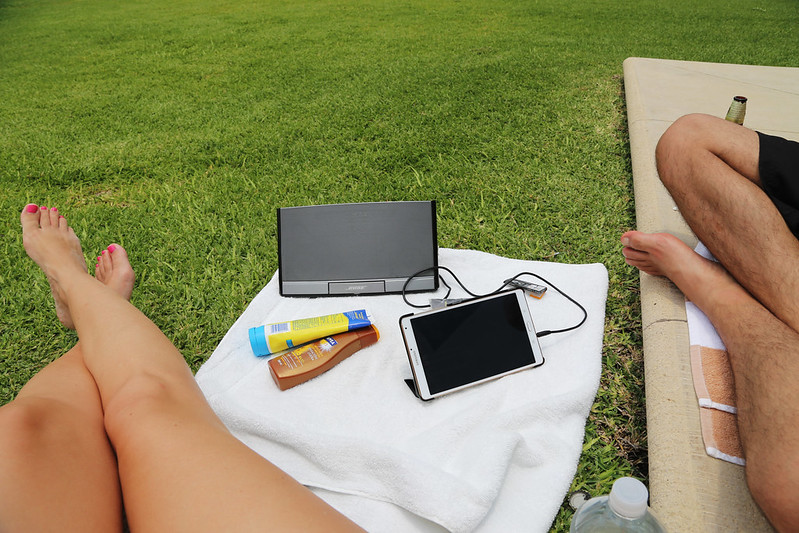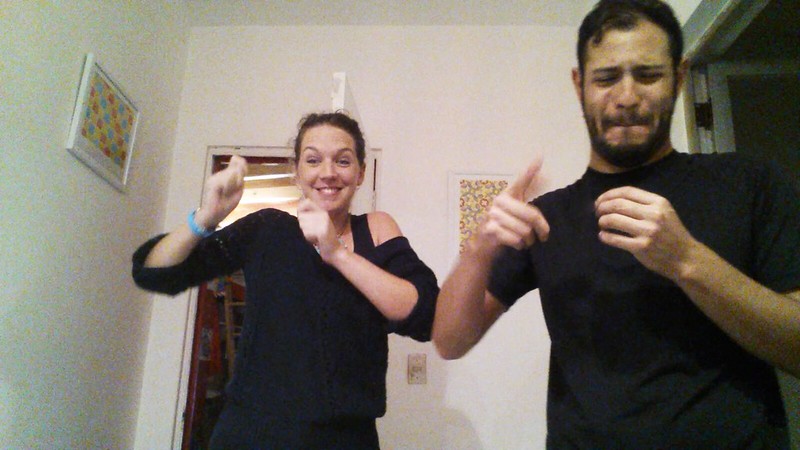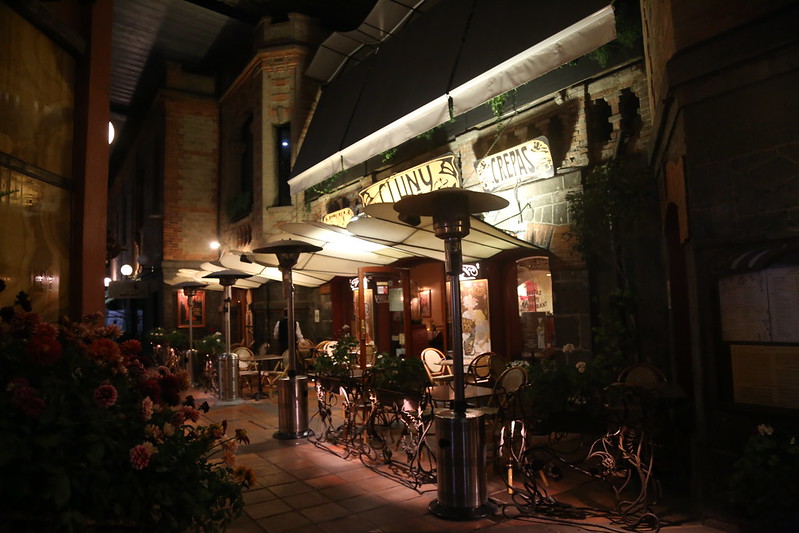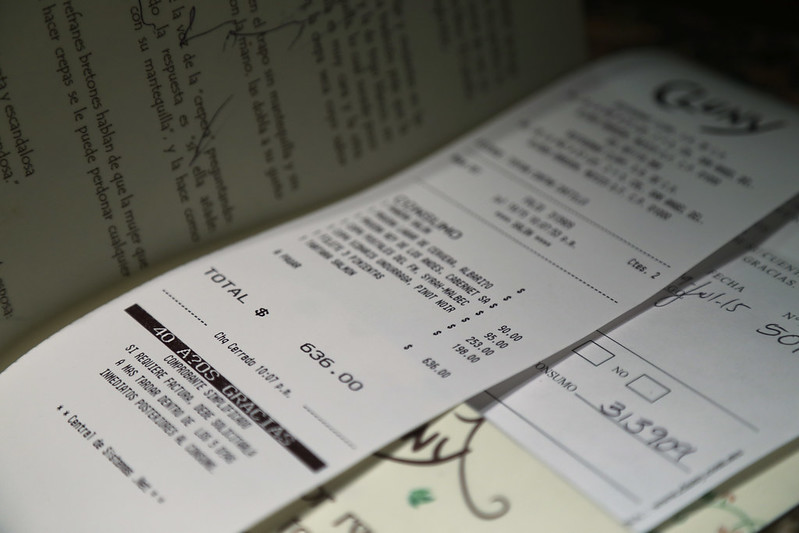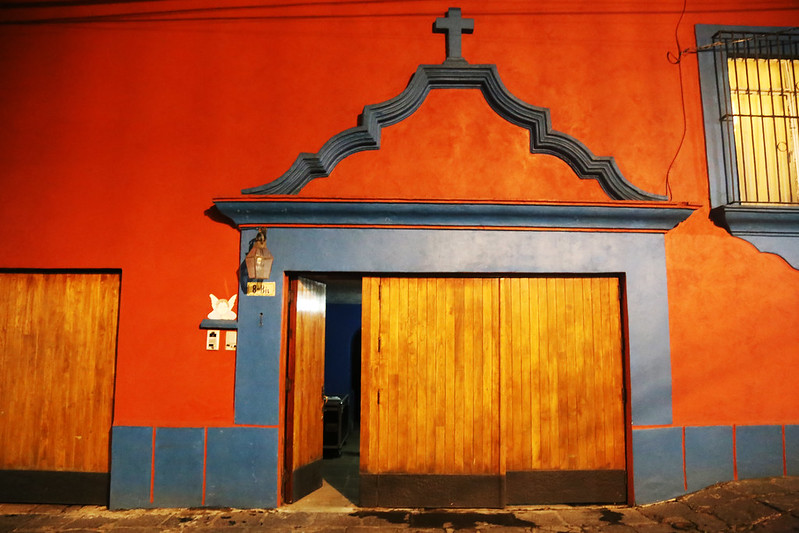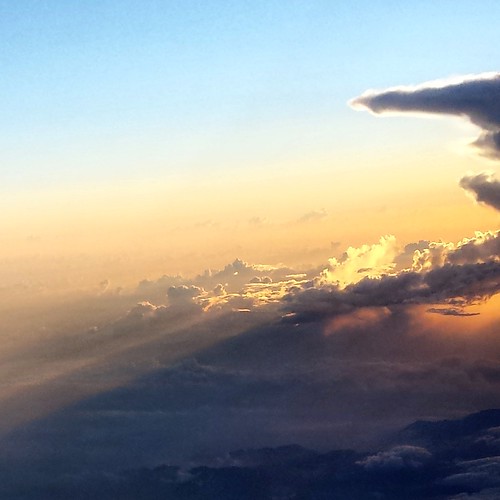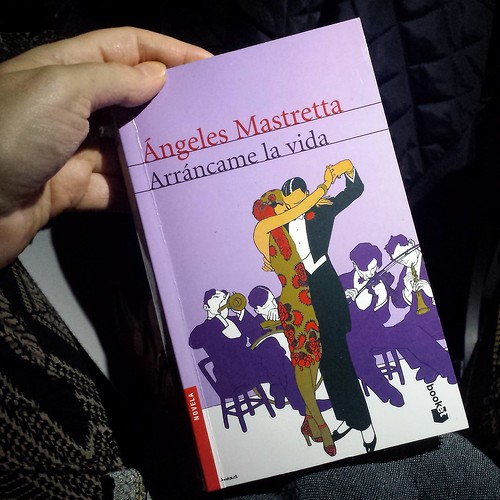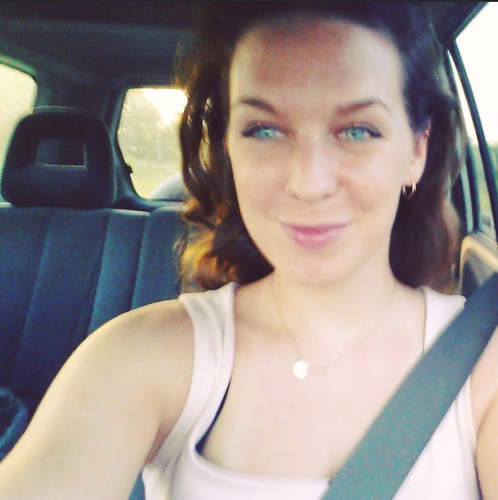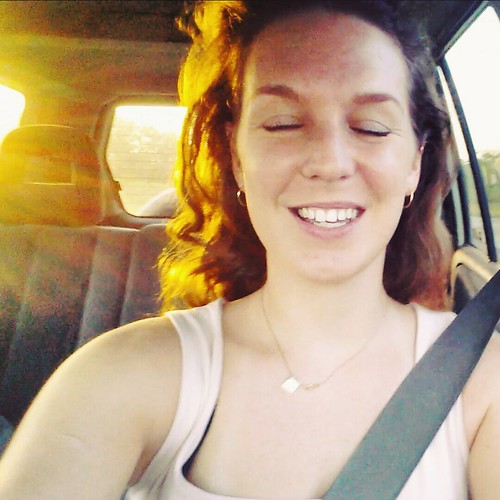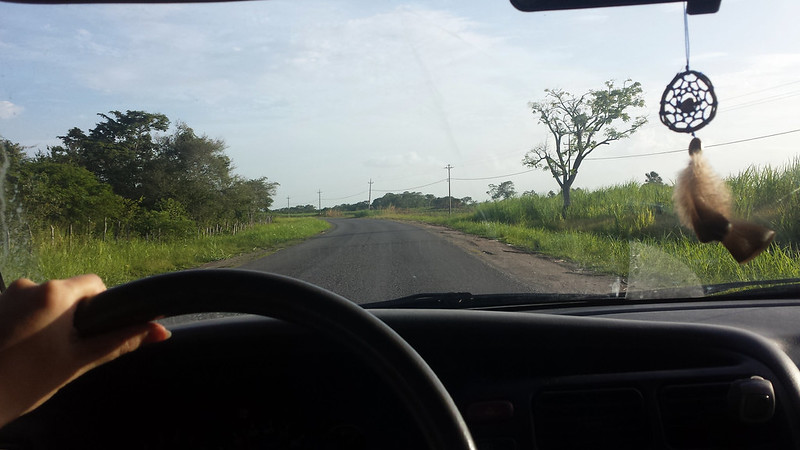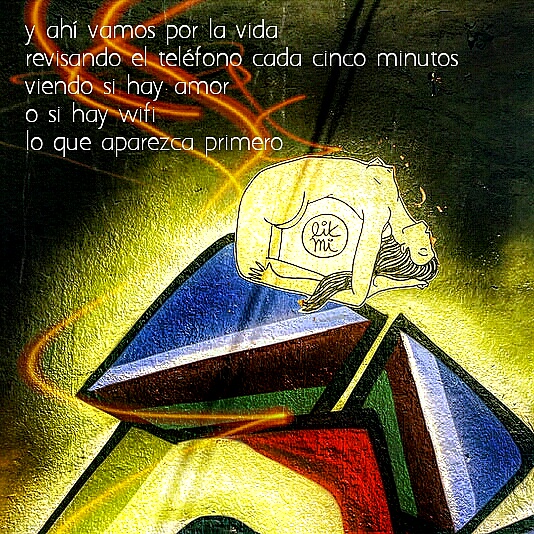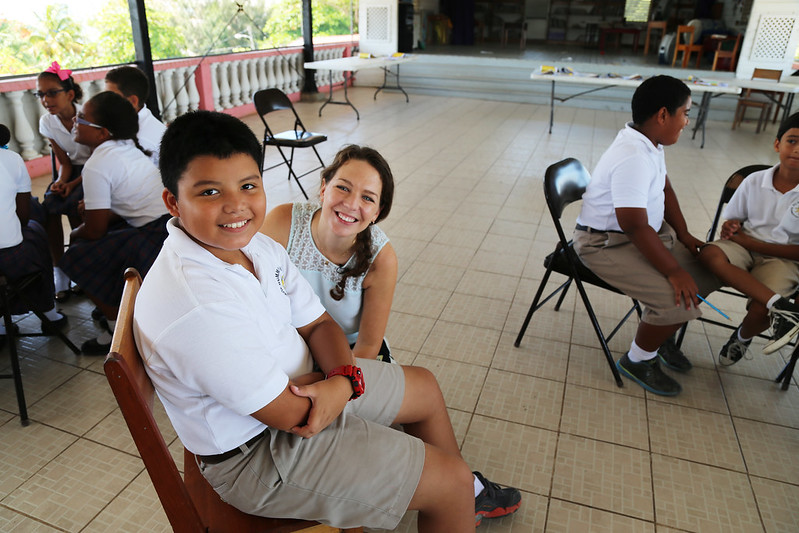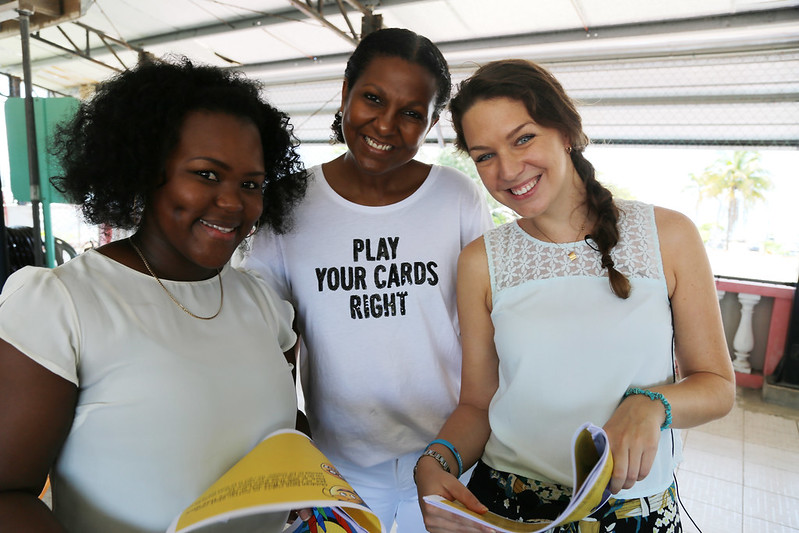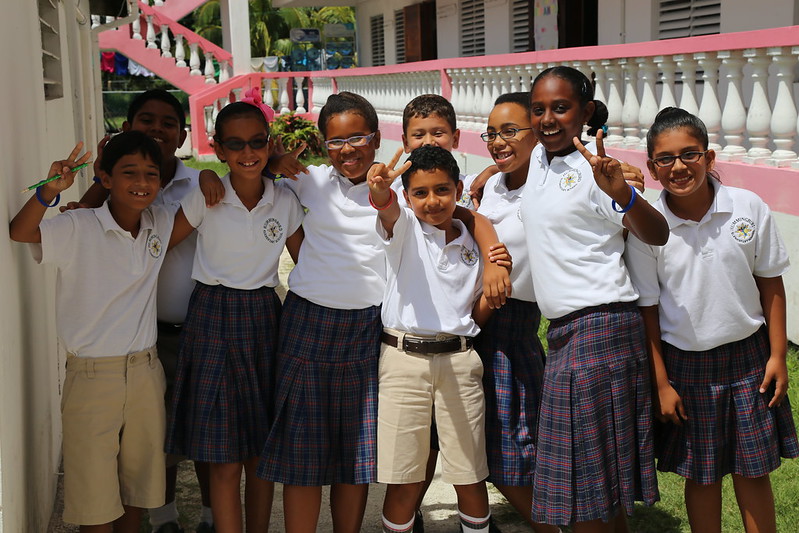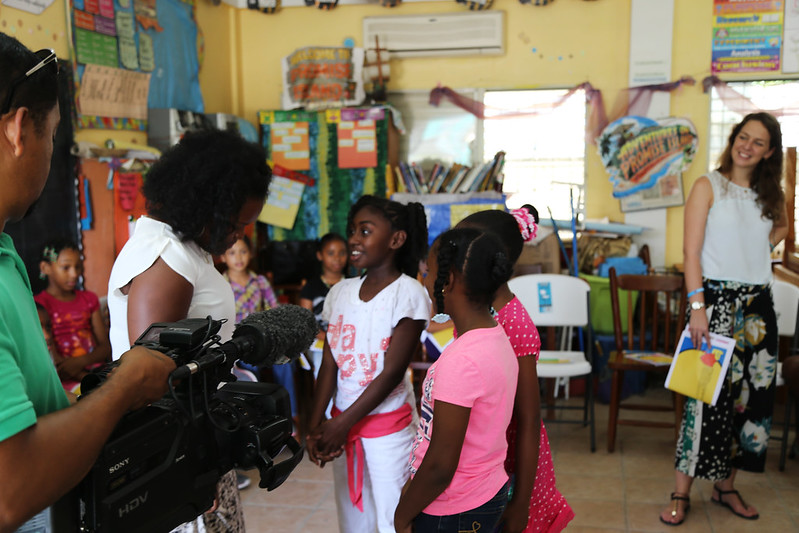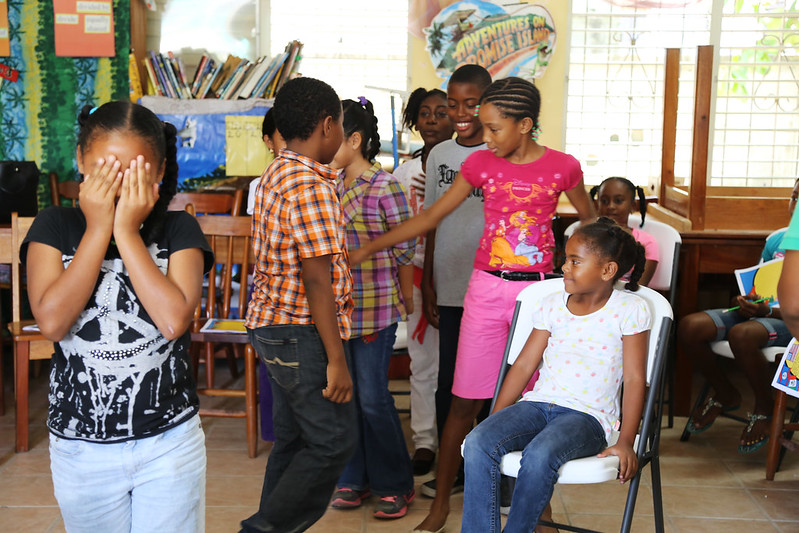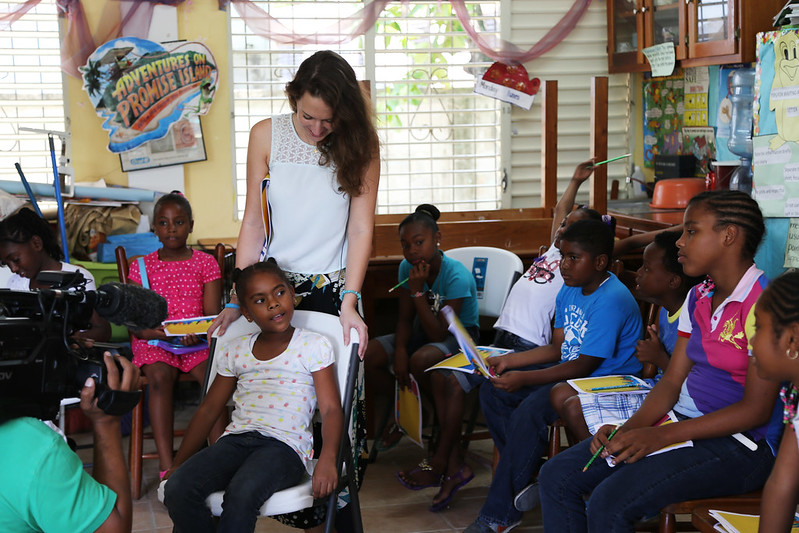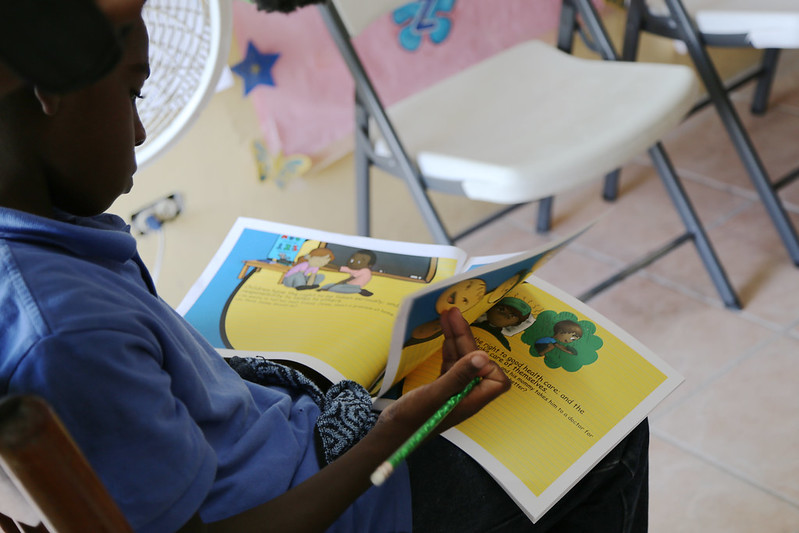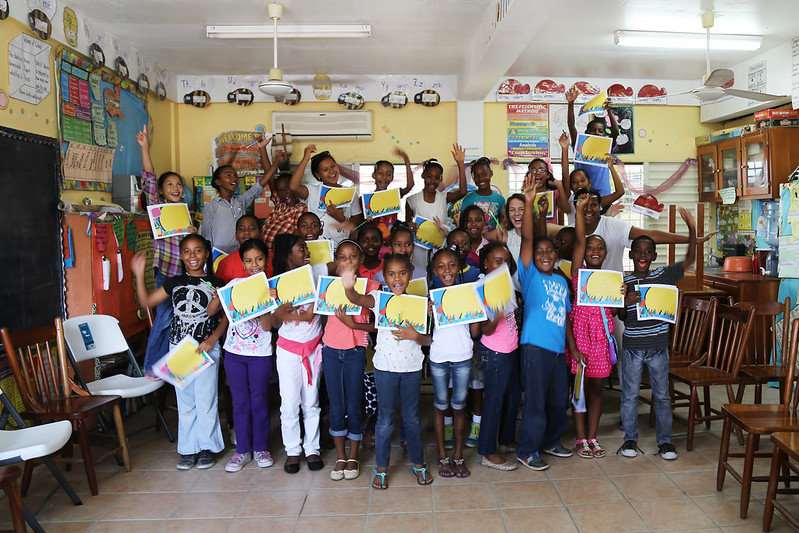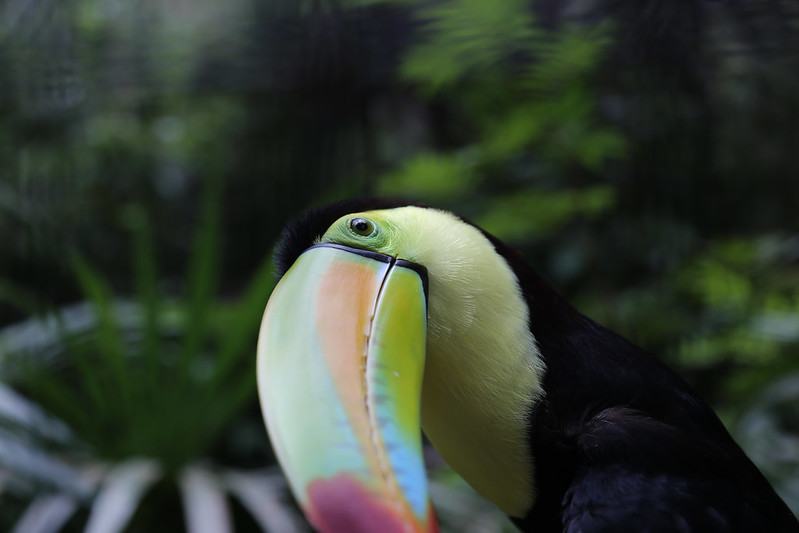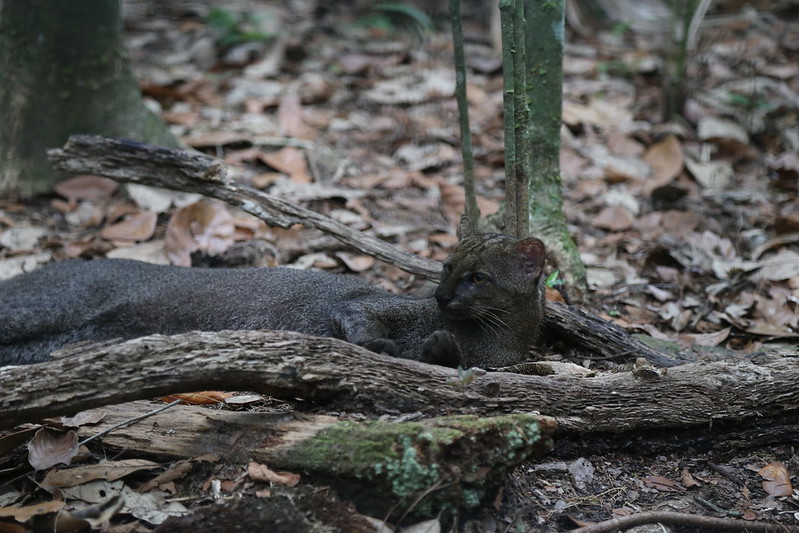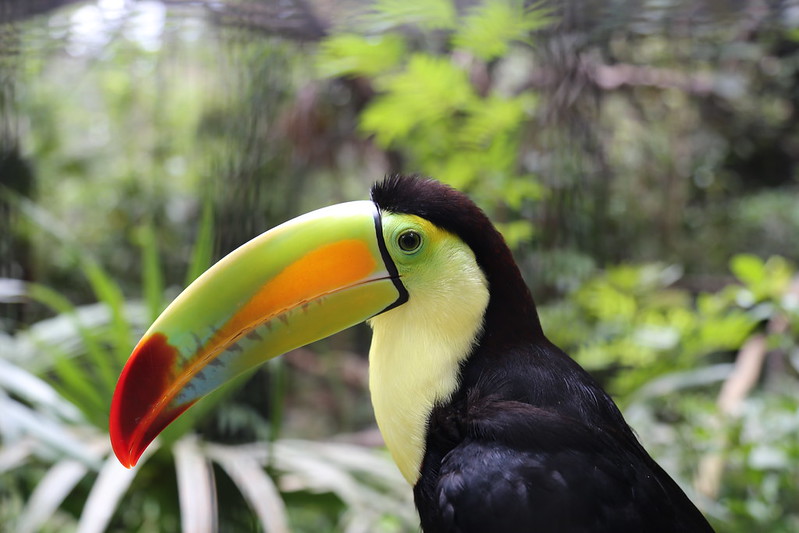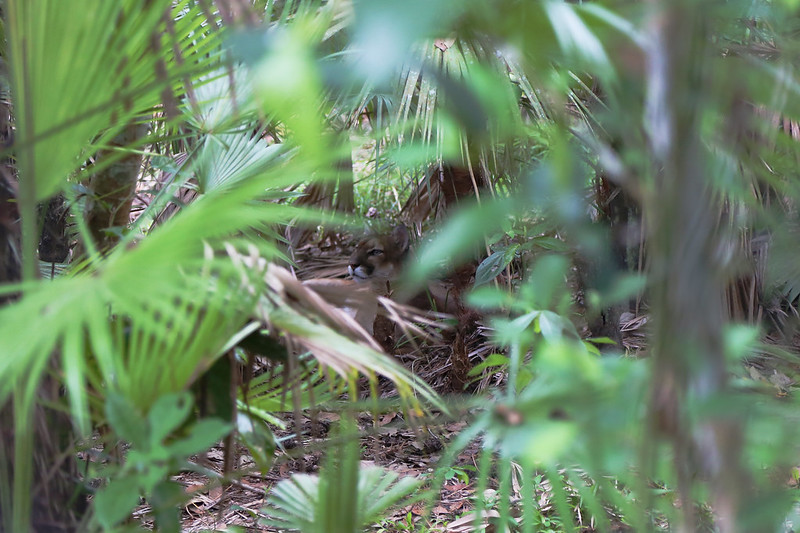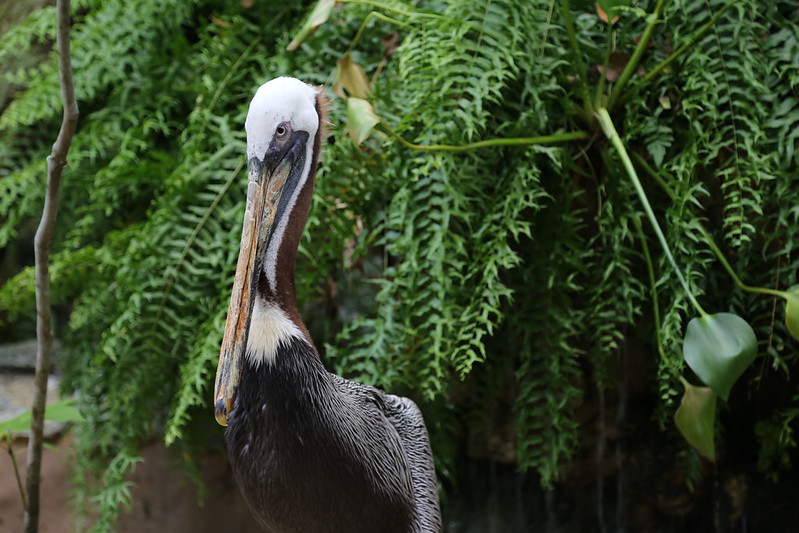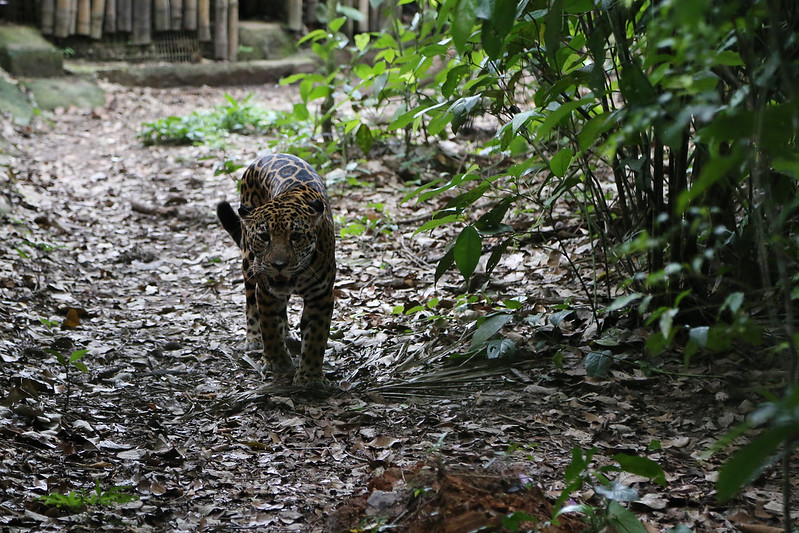Cuba, Pt.2 – La Habana by day & by foot
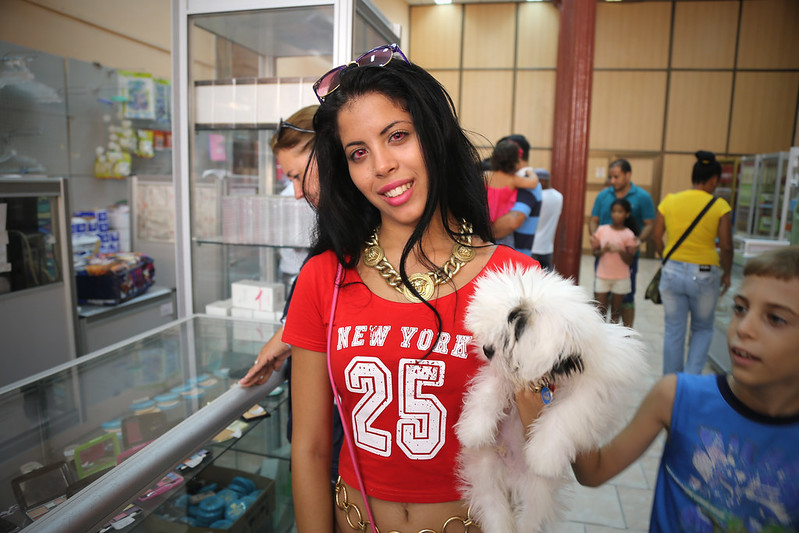
On our first morning in La Habana we woke up with a lot of eagerness to get out and start exploring the surroundings – we wanted to see more, meet more people, and walk all of it. This was when Cuba was going to show us, for the first time, the eclecticism of it’s essence – the colours, the architecture, the old American cars that look brand new, the people with golden teeth and aggressively vibrant fashion statements, the mojitos, the tourist traps, and all the posers who walk around town trying to trick you into taking their picture just so that they then can tell you that you now have to pay them.
It was exciting, interesting and packed with contrasts. People queuing for rice and overpriced soap, empty shelves in the grocery stores, the long lines to different offices and people begging for the most random things such as pens and toilet paper. My mother would sometimes say “this is just like Poland when I was young” and the communism vibe could certainly be felt and seen all over the place – the US blockade was on big posters portrayed as the ultimate evil that was the reason for all of the people’s suffering, it was referred to as “the longest genocide in the history of mankind” – no mention of the complete lack of private commerce as per Castro’s ideology, even though people insisted to tell us how they really felt about communism as soon as they got the opportunity to catch us where nobody else was listening. It was quite bizarre yet, interesting. Imagine streets in the middle of the tourist centre and economic centre, packed with people, but almost no boutiques or shops in sight other than those selling art or souvenirs, or government run food stores. To further explain it – we noticed three shoe shops during our entire stay in Cuba, and entered only one shop with clothes (where everything was VERY expensive) – an interesting contrast to the ultra consumerism one is used to seeing.
After a couple of hours of walking, (my phone says did 25km that day!) we ended up on the pretty Plaza Vieja where we sat down next to a very nice Uruguayan couple in the old brewery and had a couple of drinks and some food by the band that was playing “Guantanamera and the hits”. We continued walking and made our way to La Bodeguita del Medio, the ultra-famous little bar where Hemingway supposedly used to have his mojitos, and where a mojito therefore costs 5CUC (5USD) rather than the usual 3, and where tourists and dressed up Cubans gather to get the perfect selfie. We sat down for a while as a band was playing “Guantanamera” (haha, okay, I’m going to stop now – you’re getting it, right?) and looked at people. When it got a bit calmer I went out for a while to talk to Luz, one of the girls that was standing next to the bar and taking photos with the tourists, dressed up as a ridiculed version of one of the traditional African groups. “I don’t want to take your photo for money,” I explained, “I just want to hear why you’re doing this.” Luz told me that she had dropped out of school, because she would make maximum 300CUC if she had finished her education, while she was making 600CUC right here, on the street. “The outfit is just a joke,” she explained, “tourists like it.” She explained how you must get a license from the government to do the job of “having your photo taken” and that she has to give away a significant part of her income, “if I don’t have the license they will put me in jail.” she said, and then insisted I take her photo anyway, and posed. “Maybe somebody will find your photo on the internet and put it in a magazine – and I will become famous. Come on, snap it!”
“You’re from Poland!” another dressed up man with a big white beard and oversized fake cigar came by. “Look, I was featured on the front cover of the National Geographic Polska, I’m a millionaire now! Take a picture – it’s free!”
I was more interested in photographing the real people, though. Alan with the cool flowershirt and big sunglasses. Urbano, who runs his bicycle taxi and is 48 years old even though he looks much younger. Luis Ibañez, the gentleman reading his paper in the bar, and the cool girl above, with her red contacts and little puppy – a teenager hungering for attention just like anywhere in the world, only maybe a little bit more “all in” in her style.
